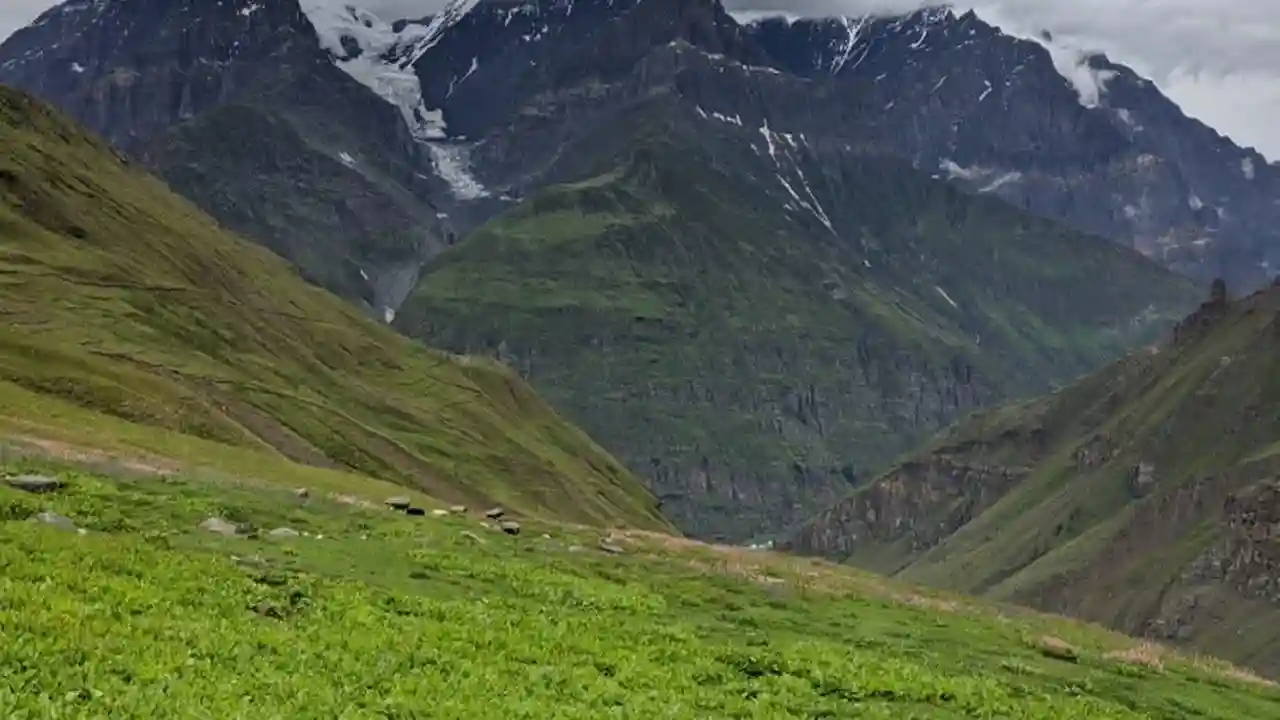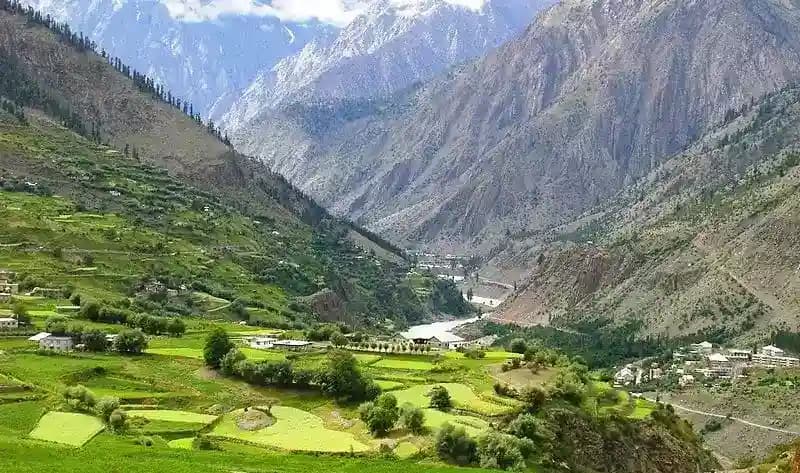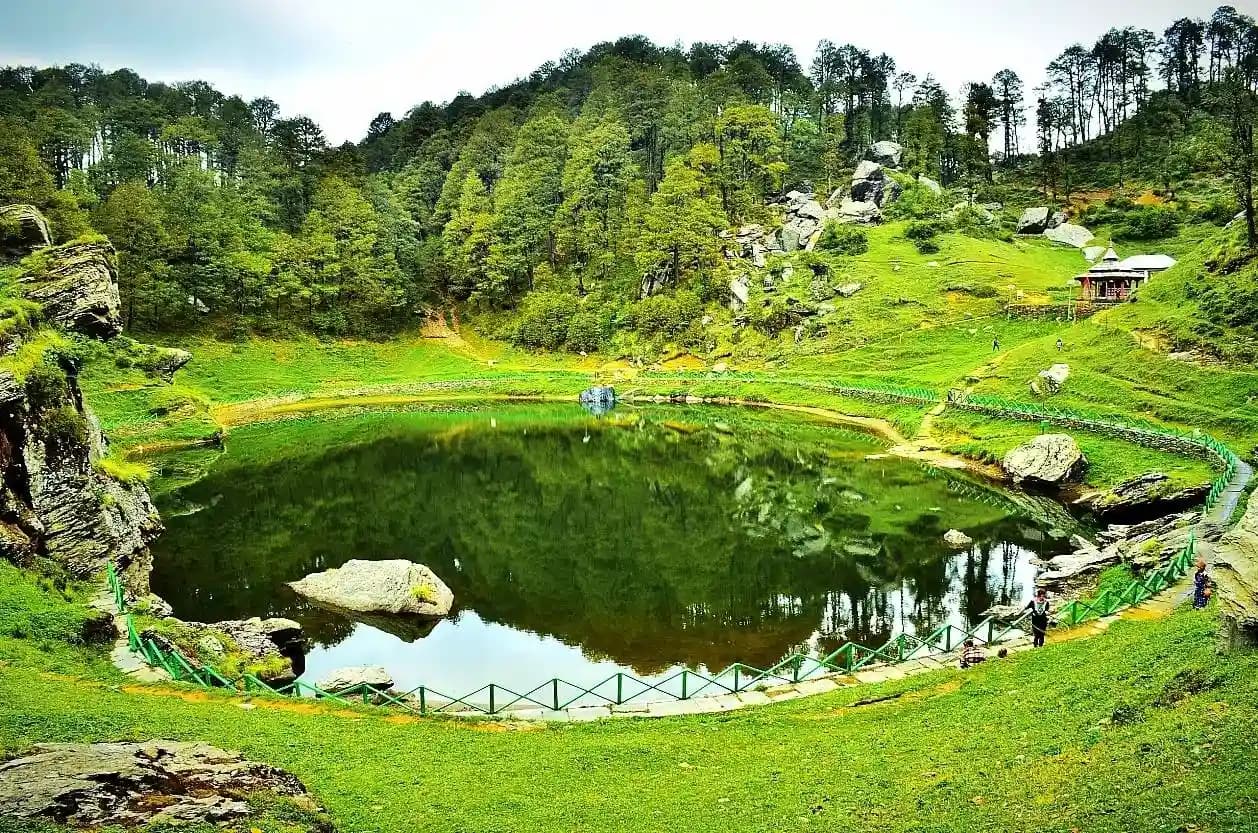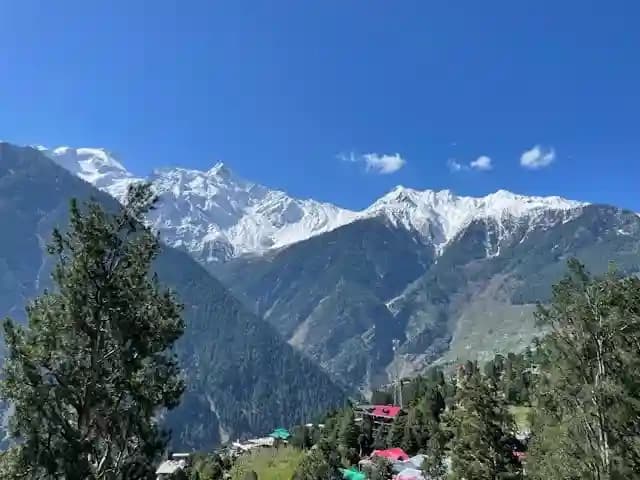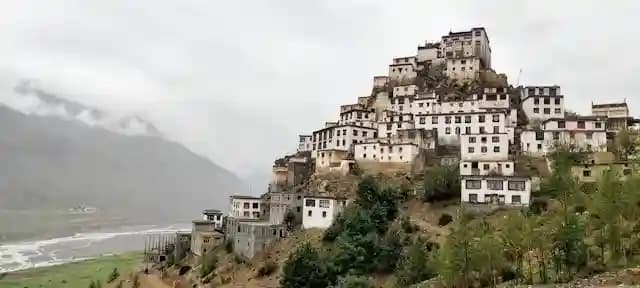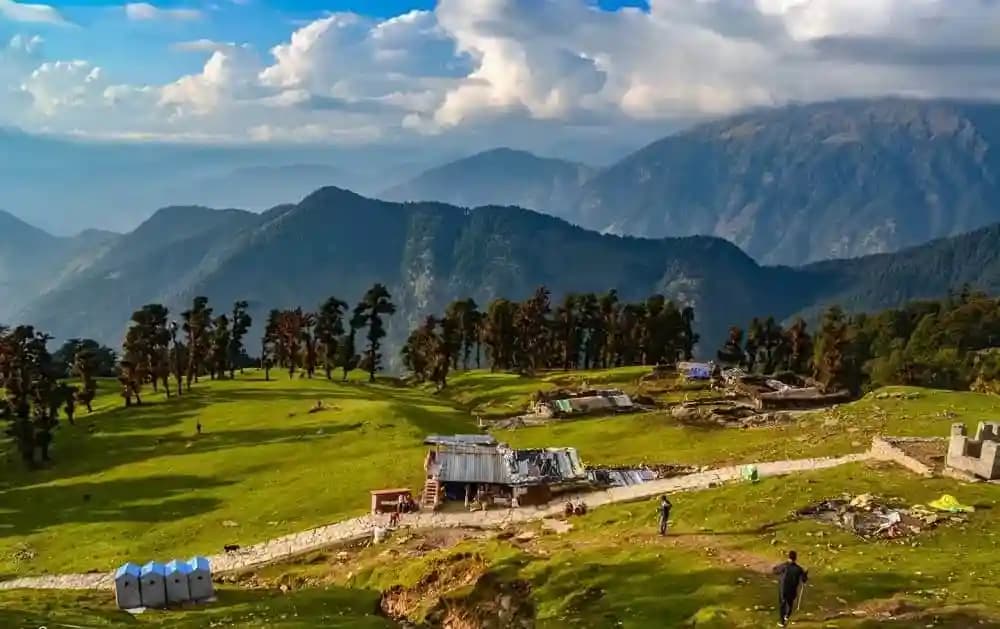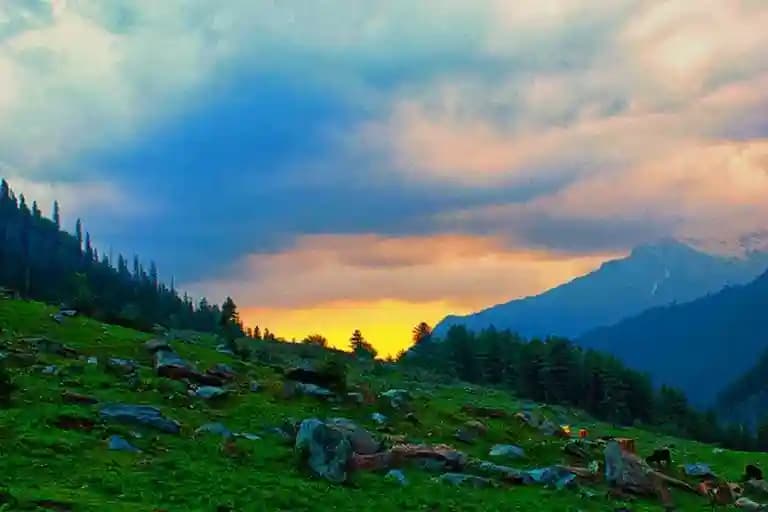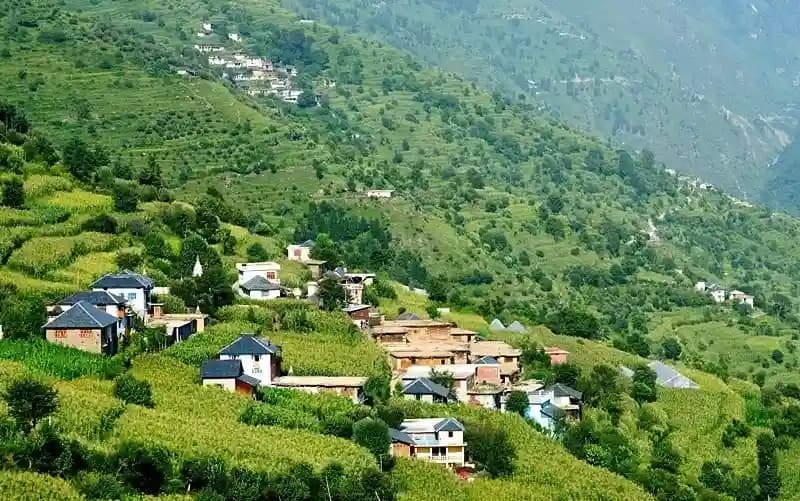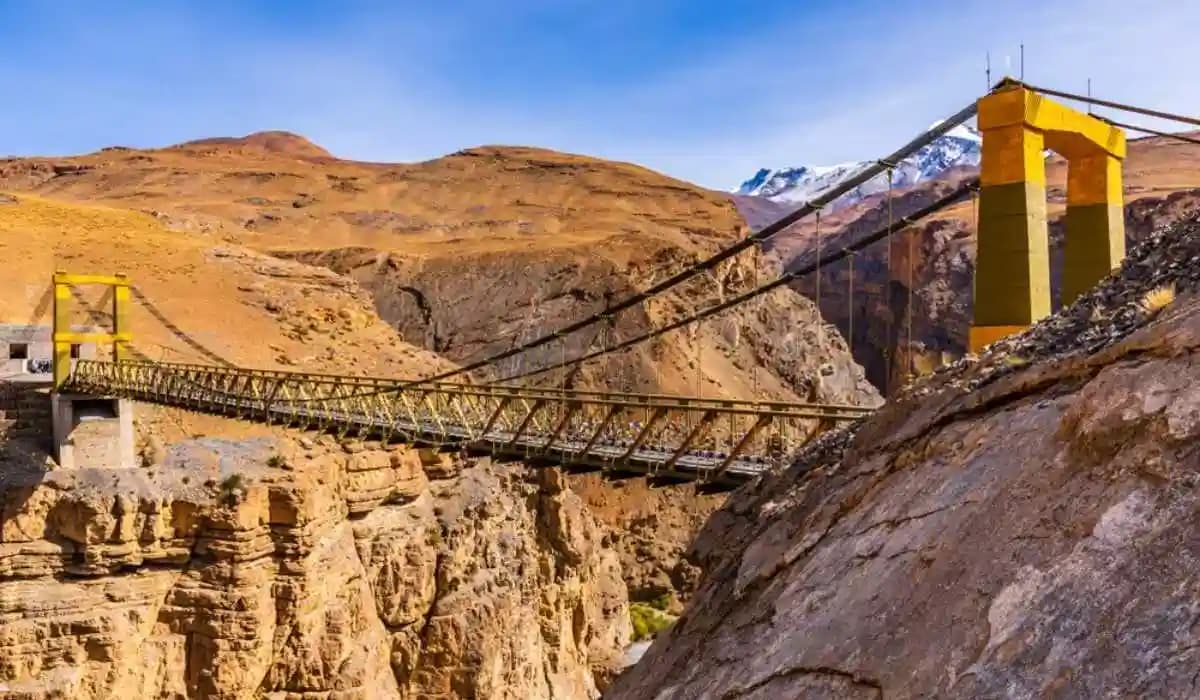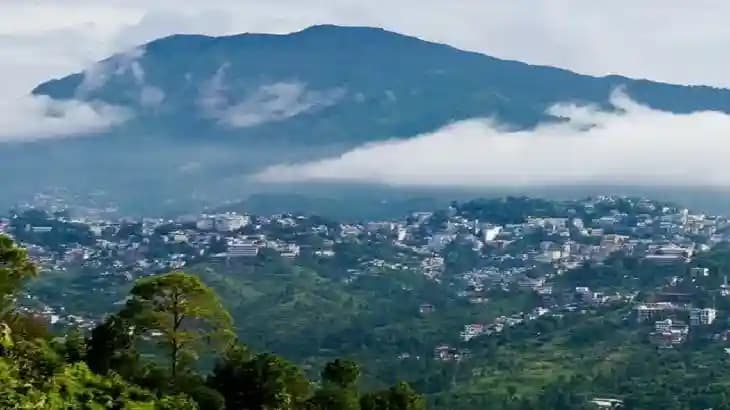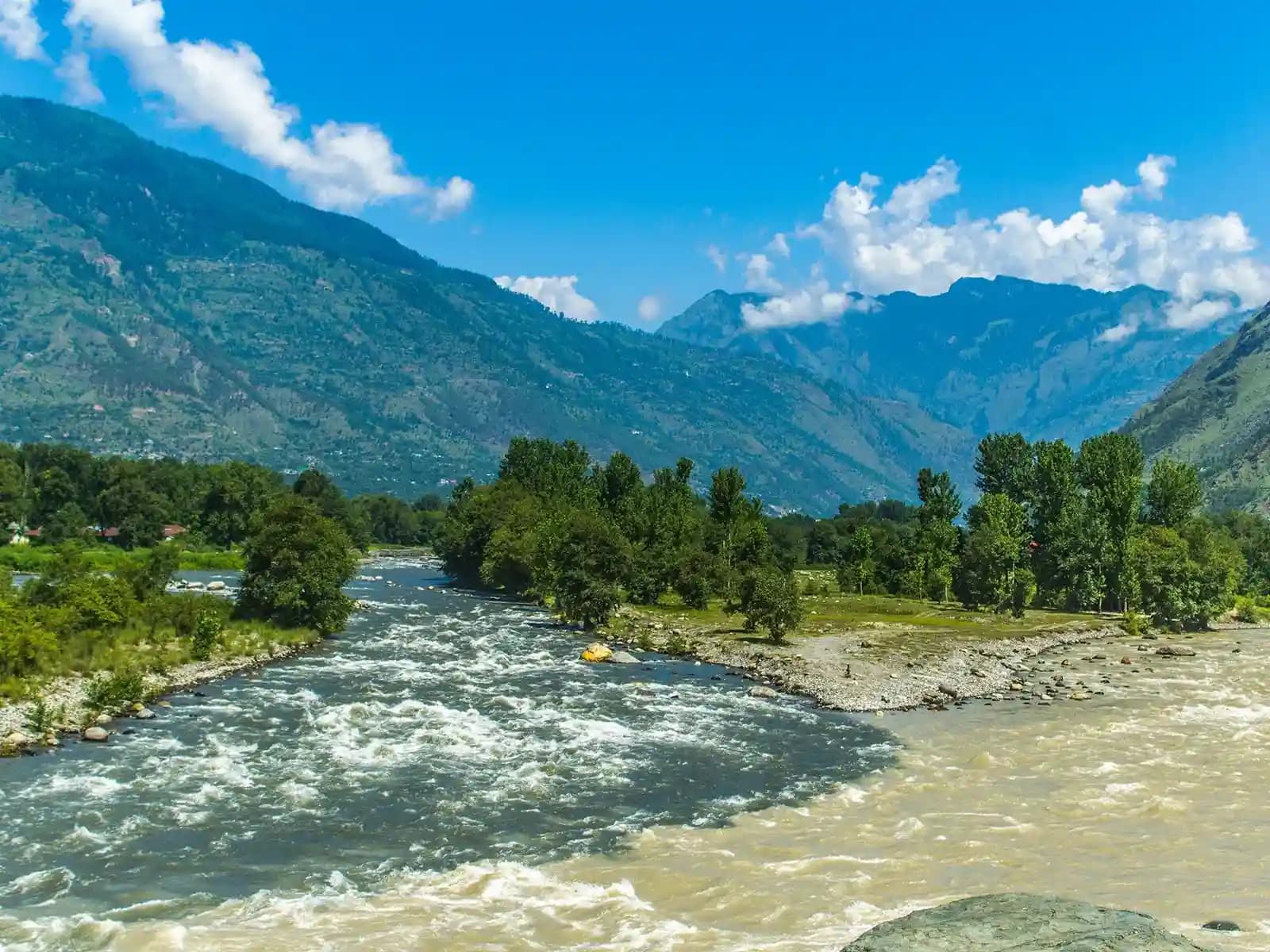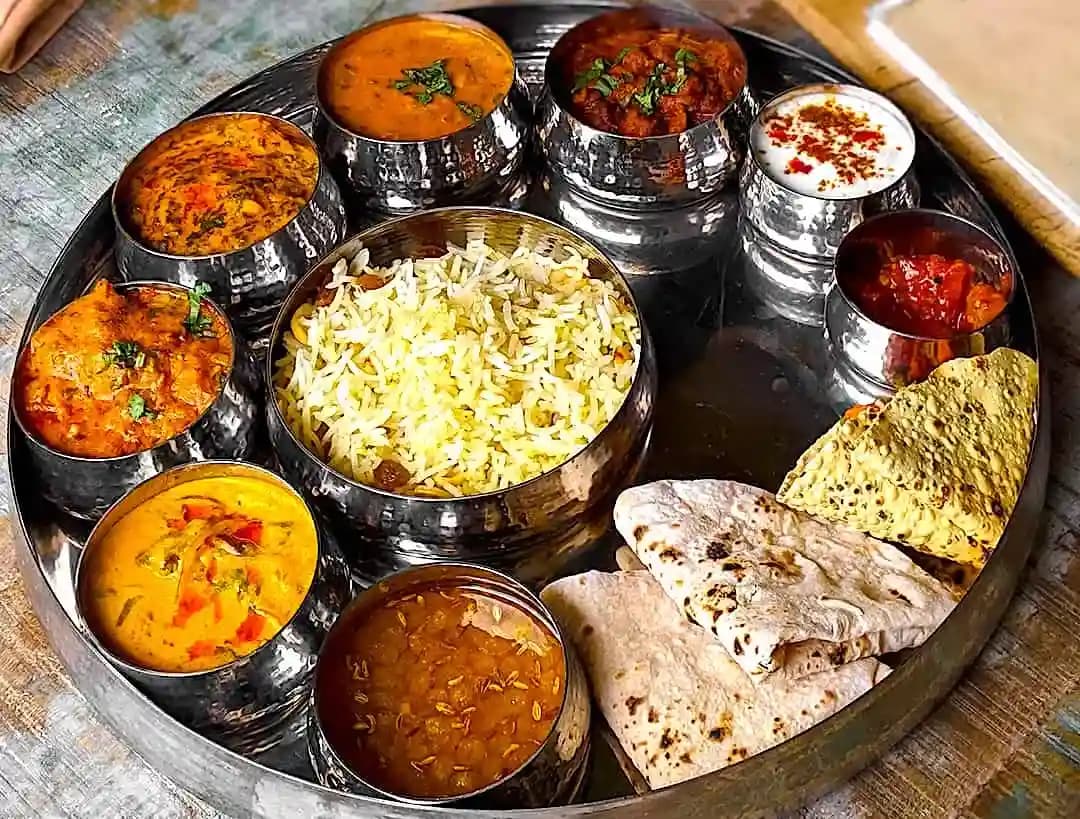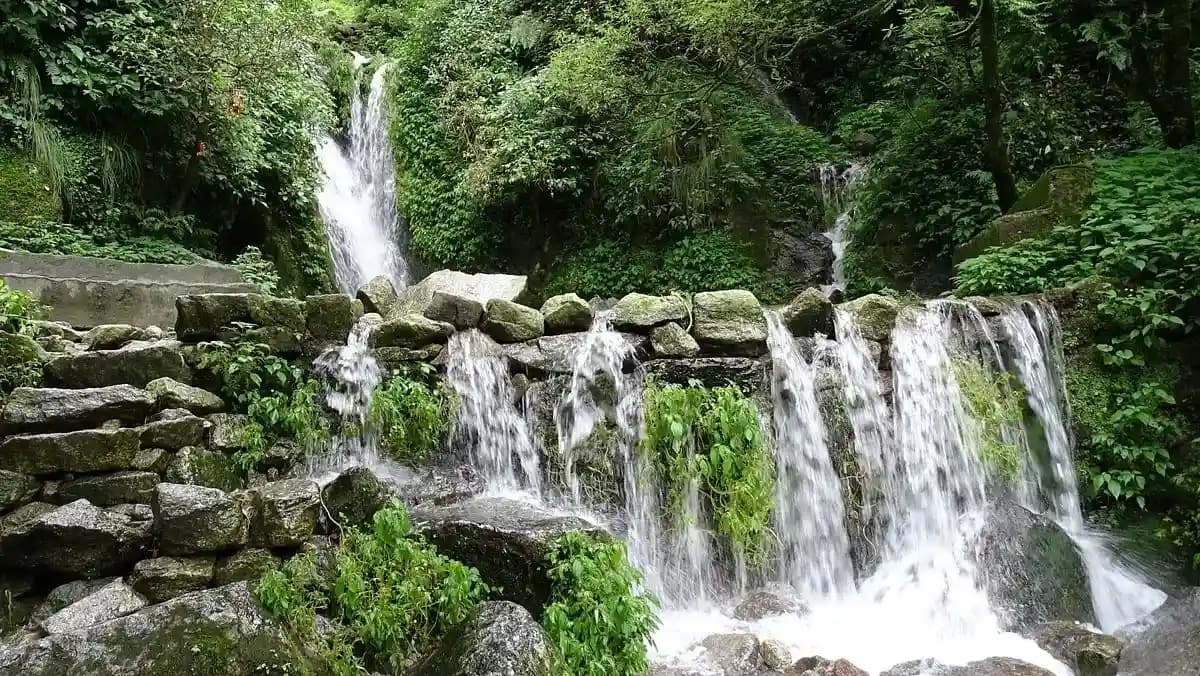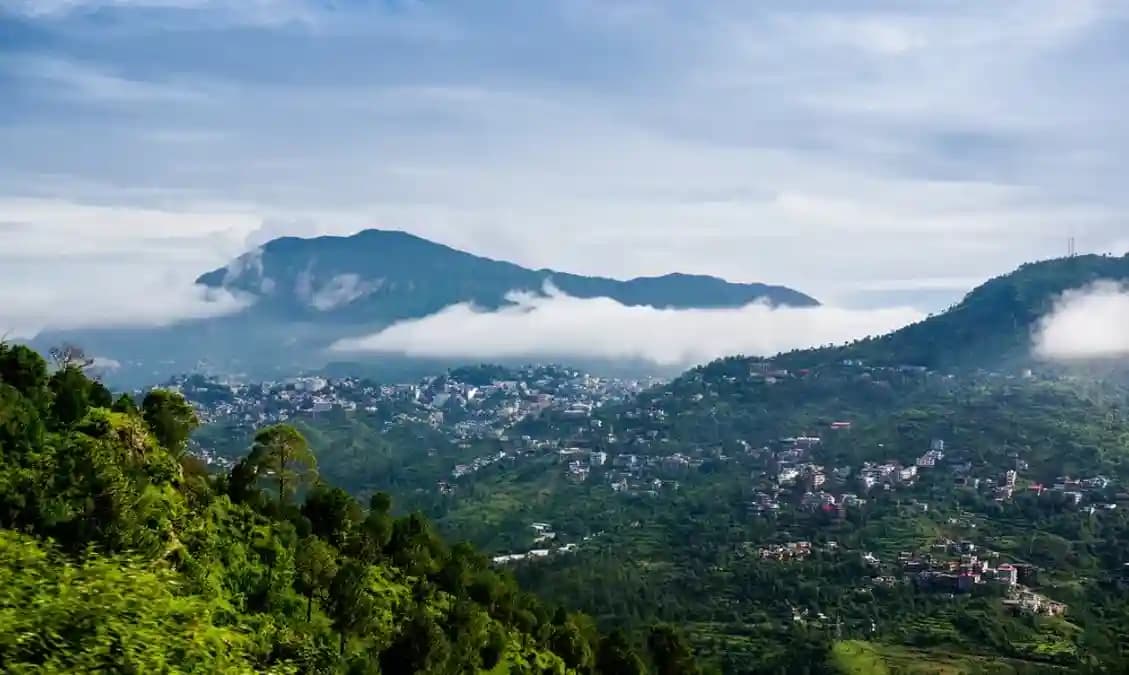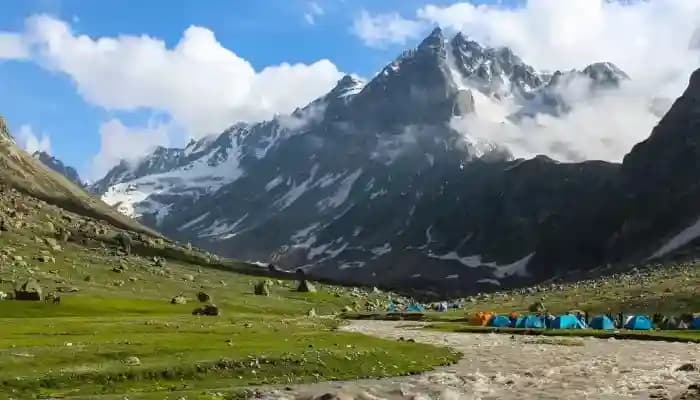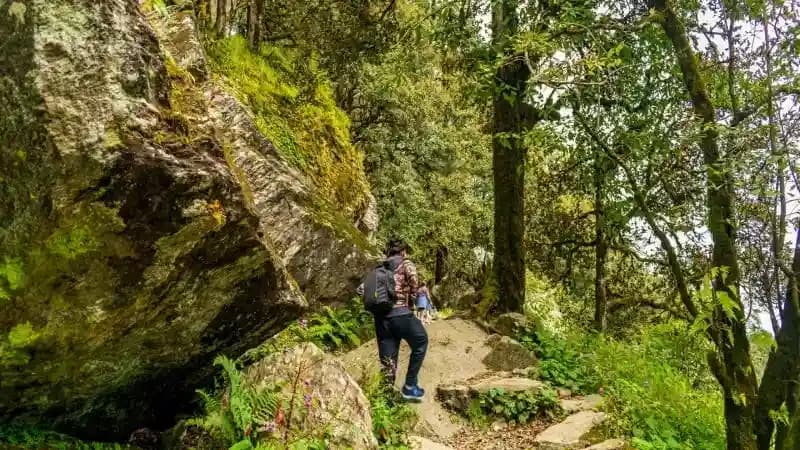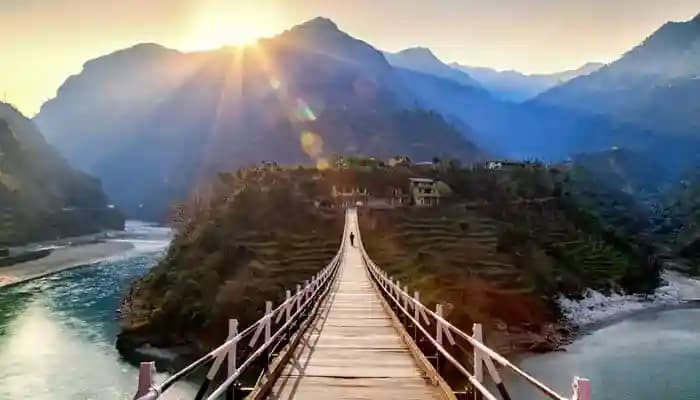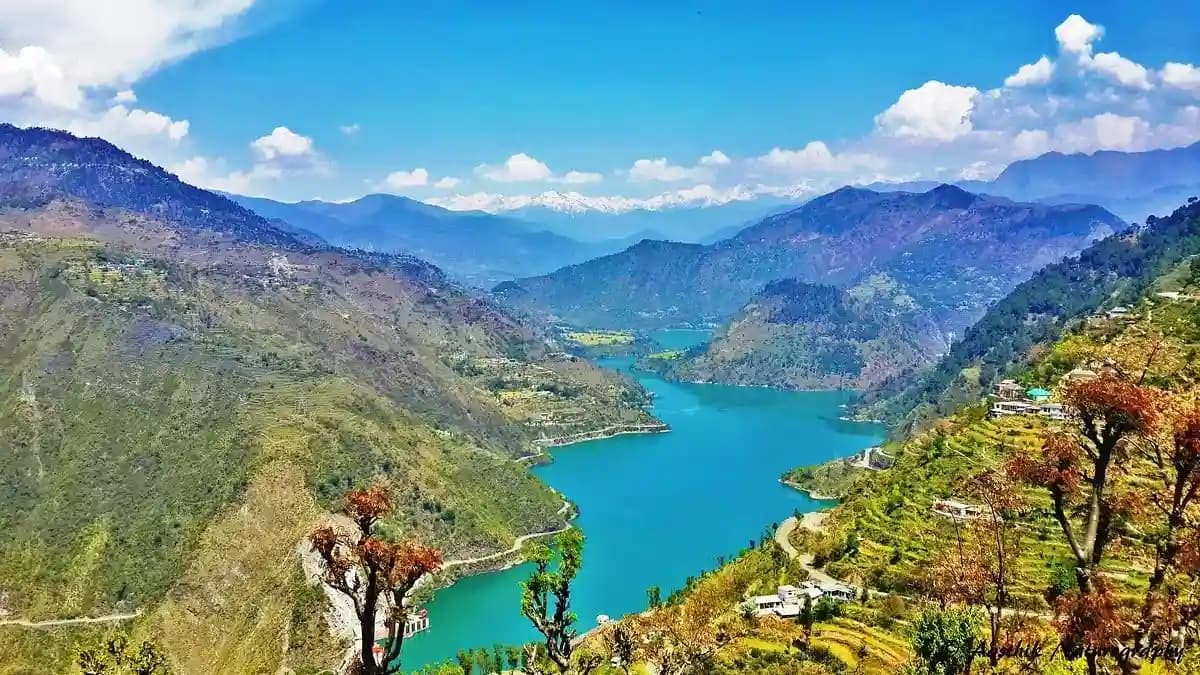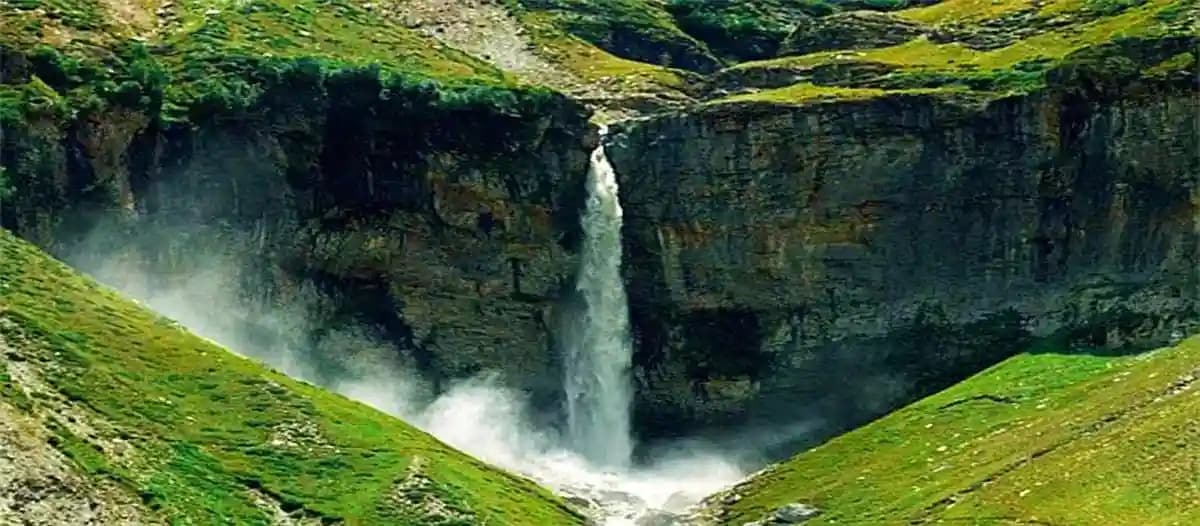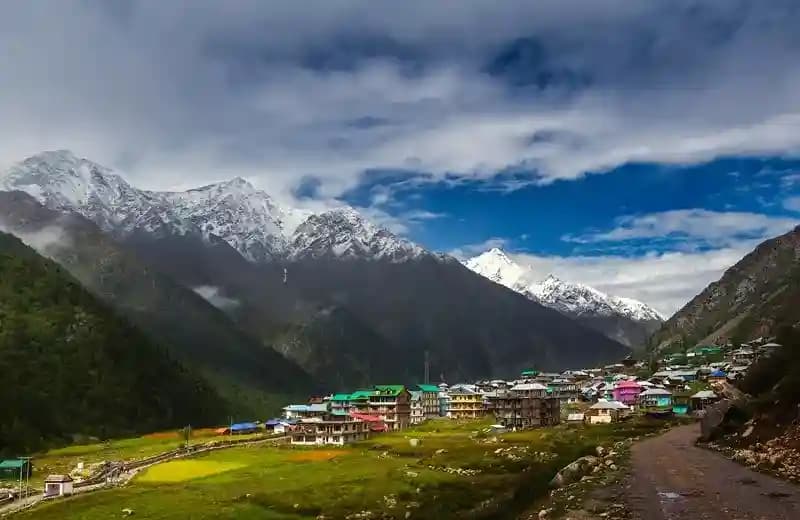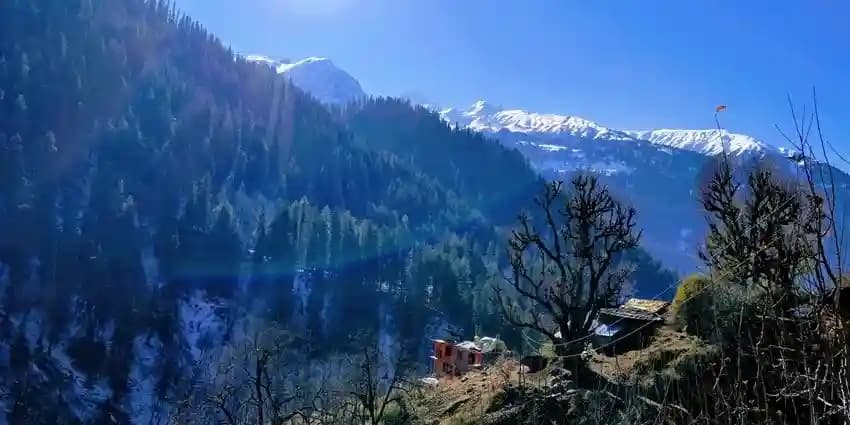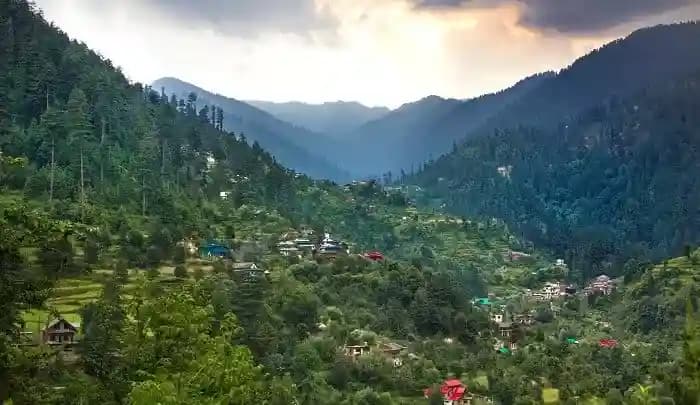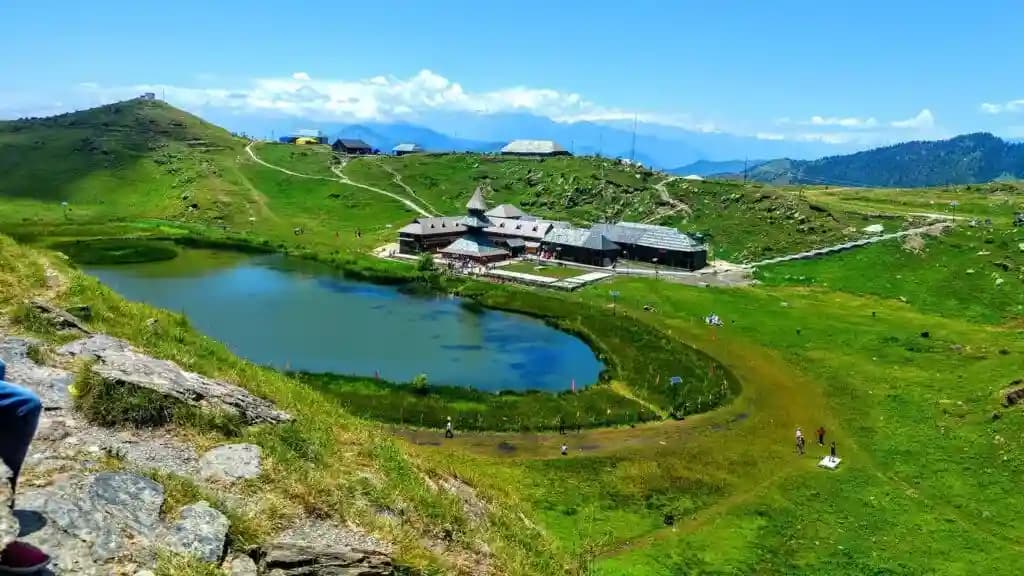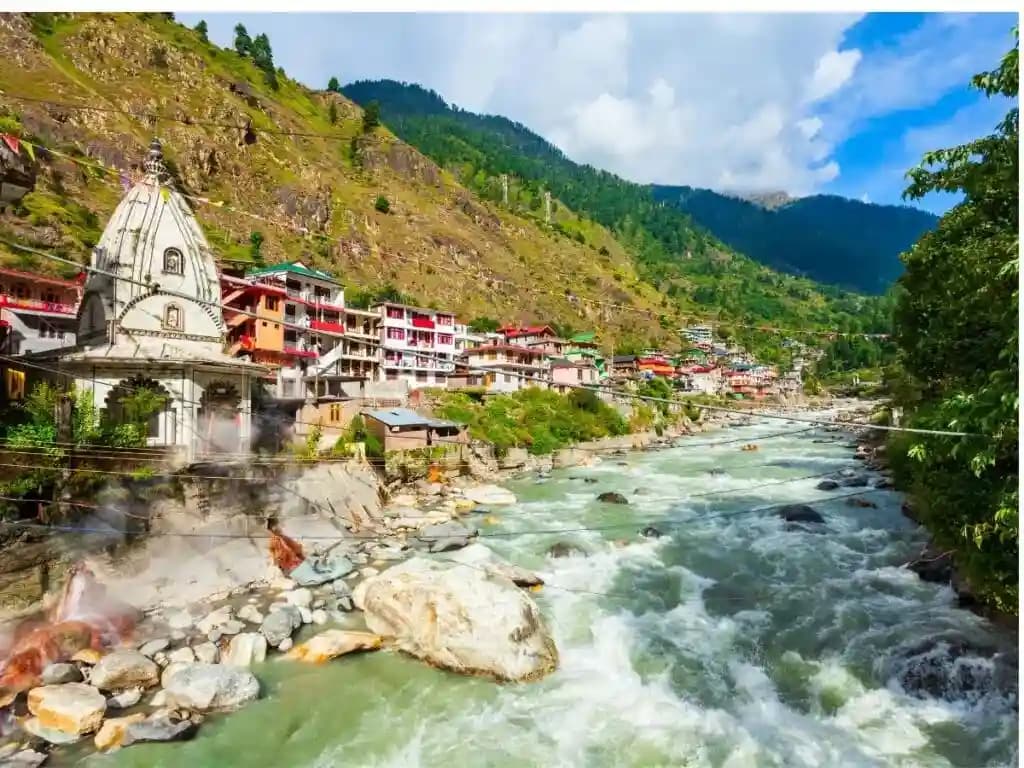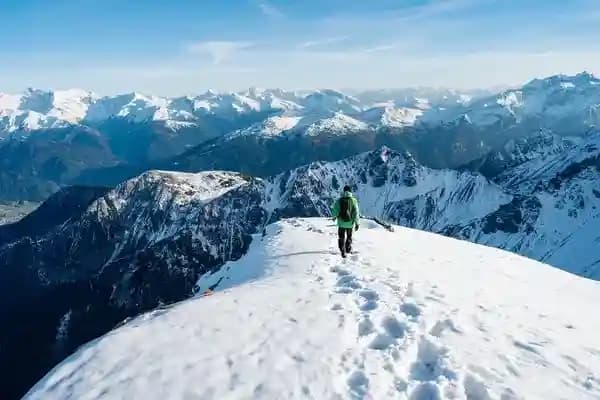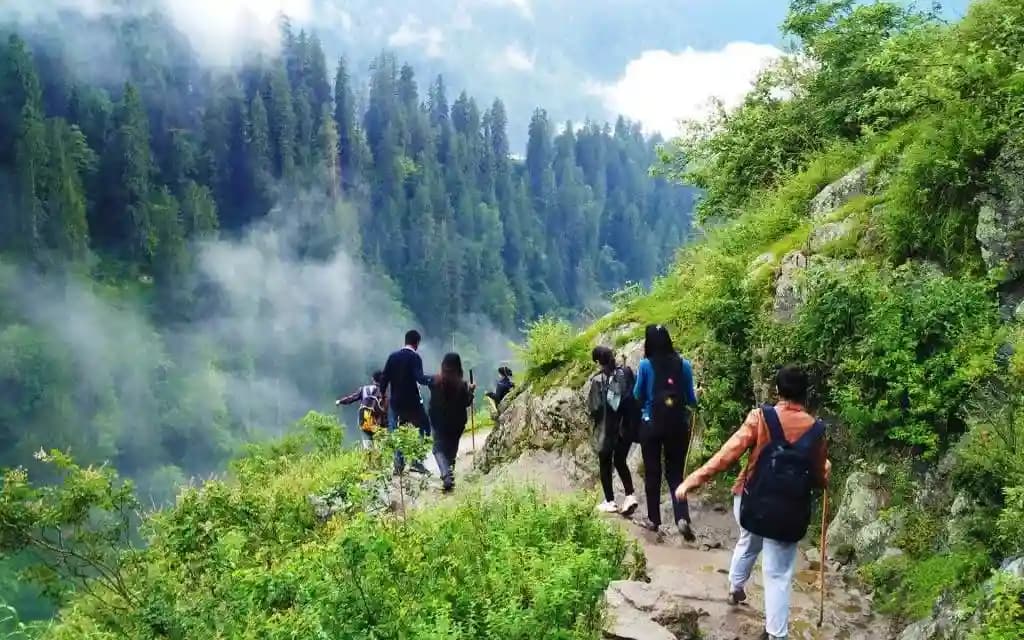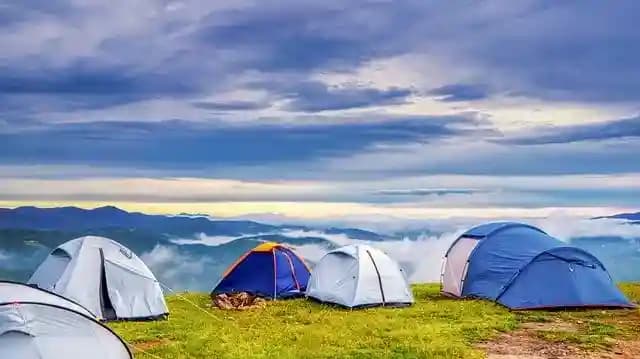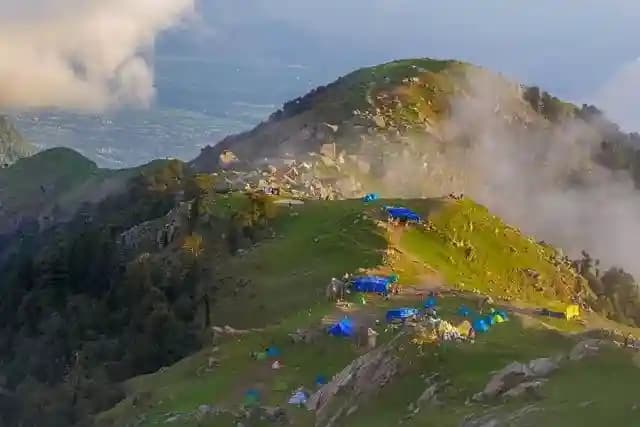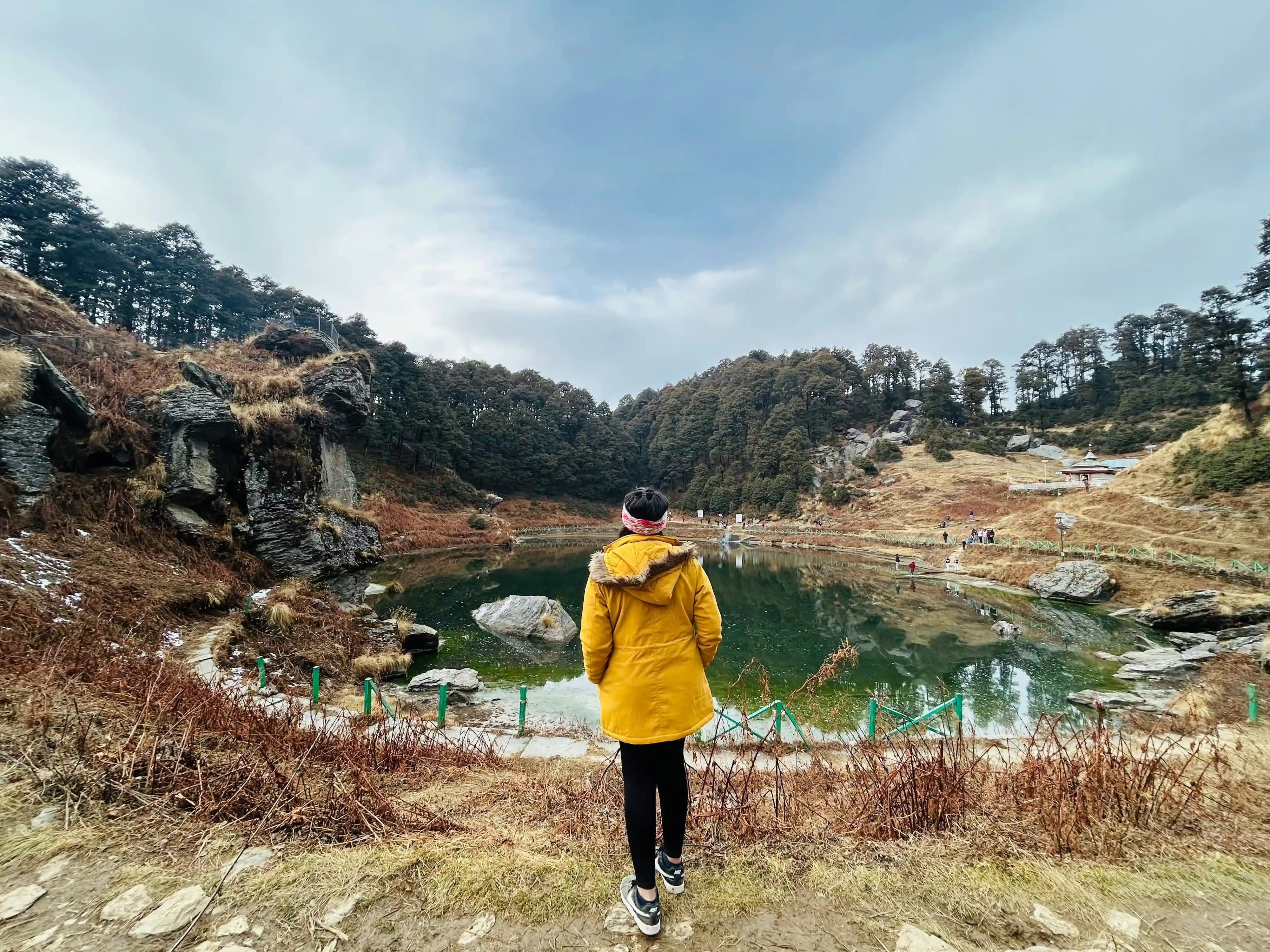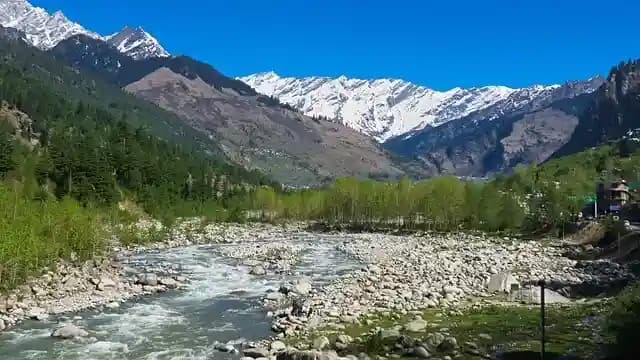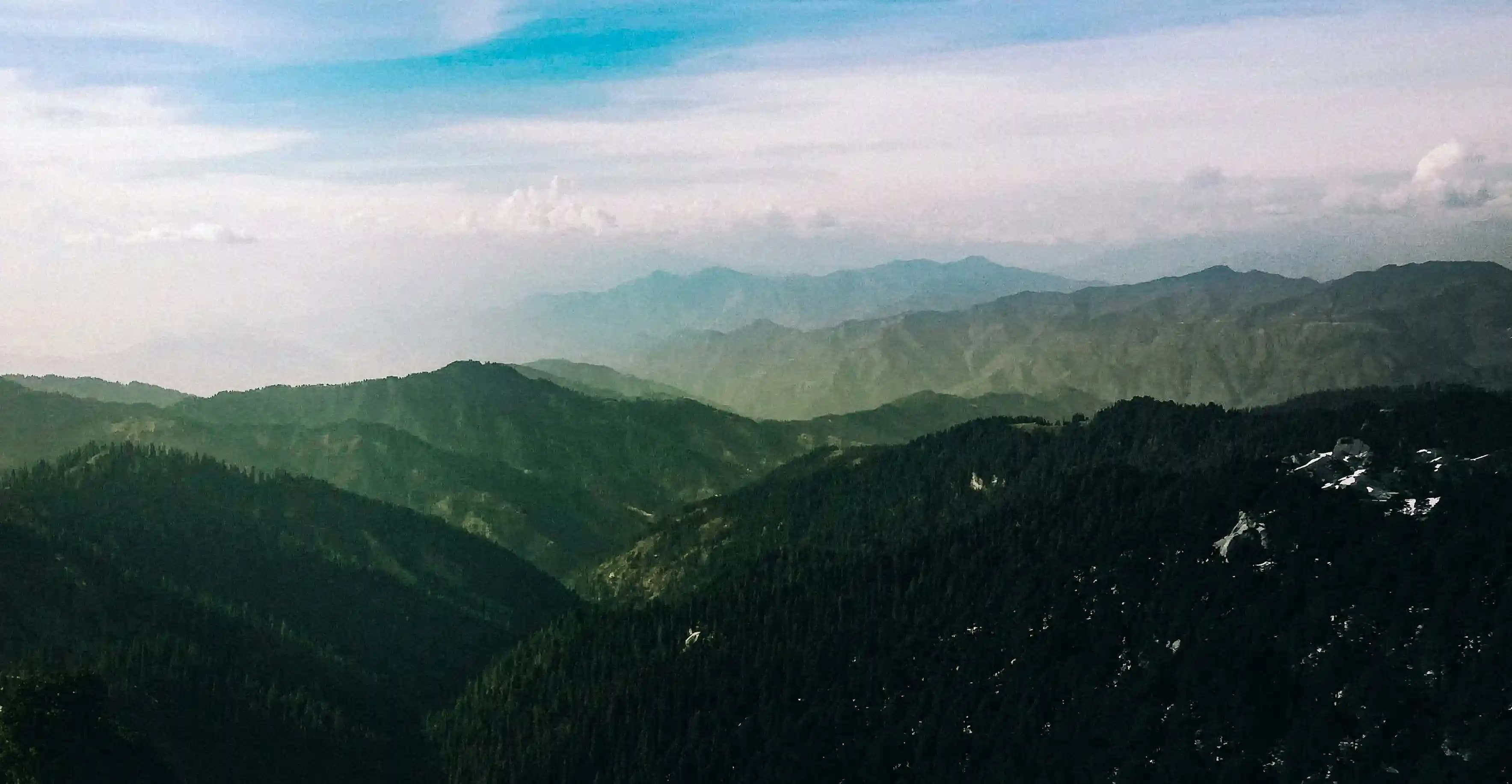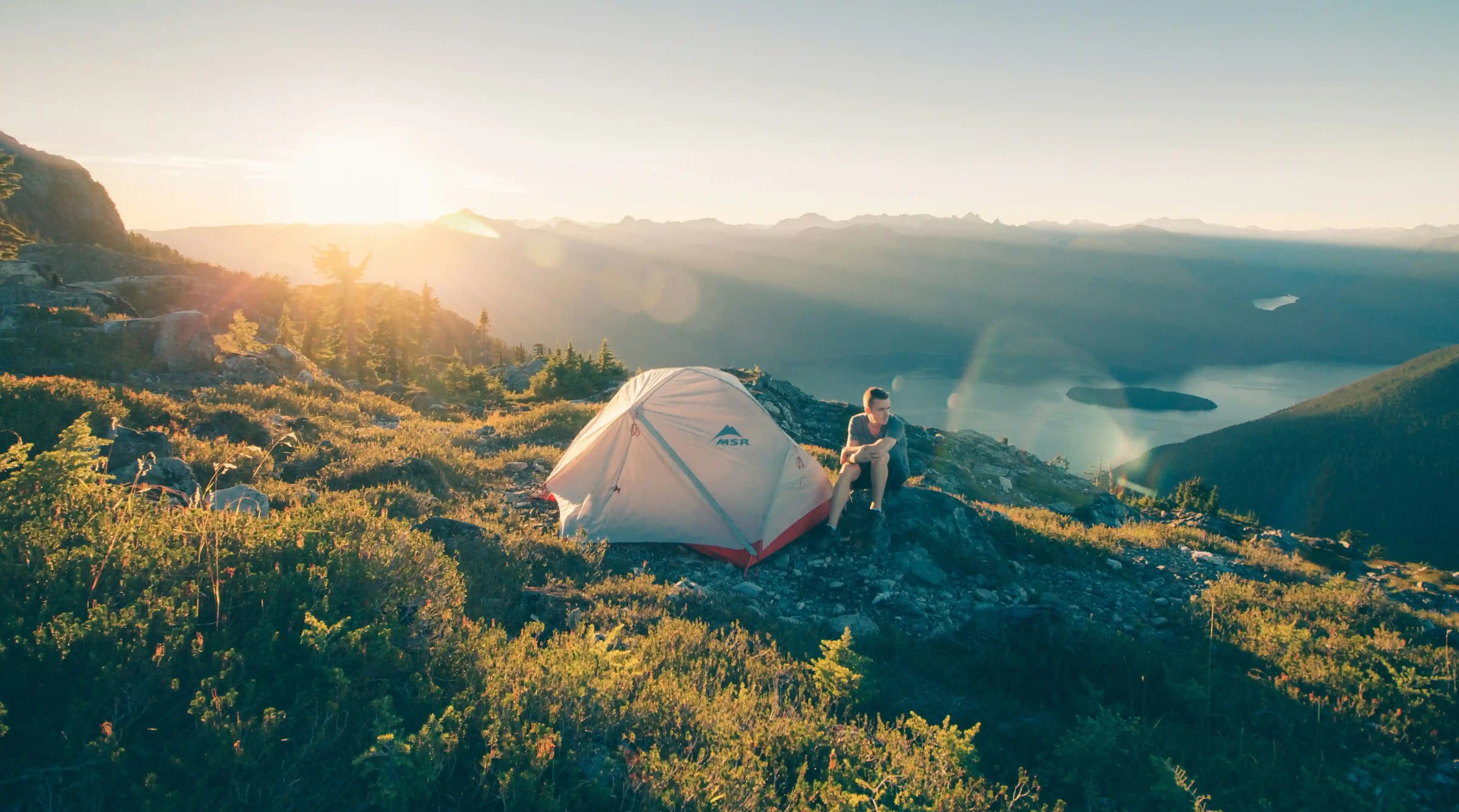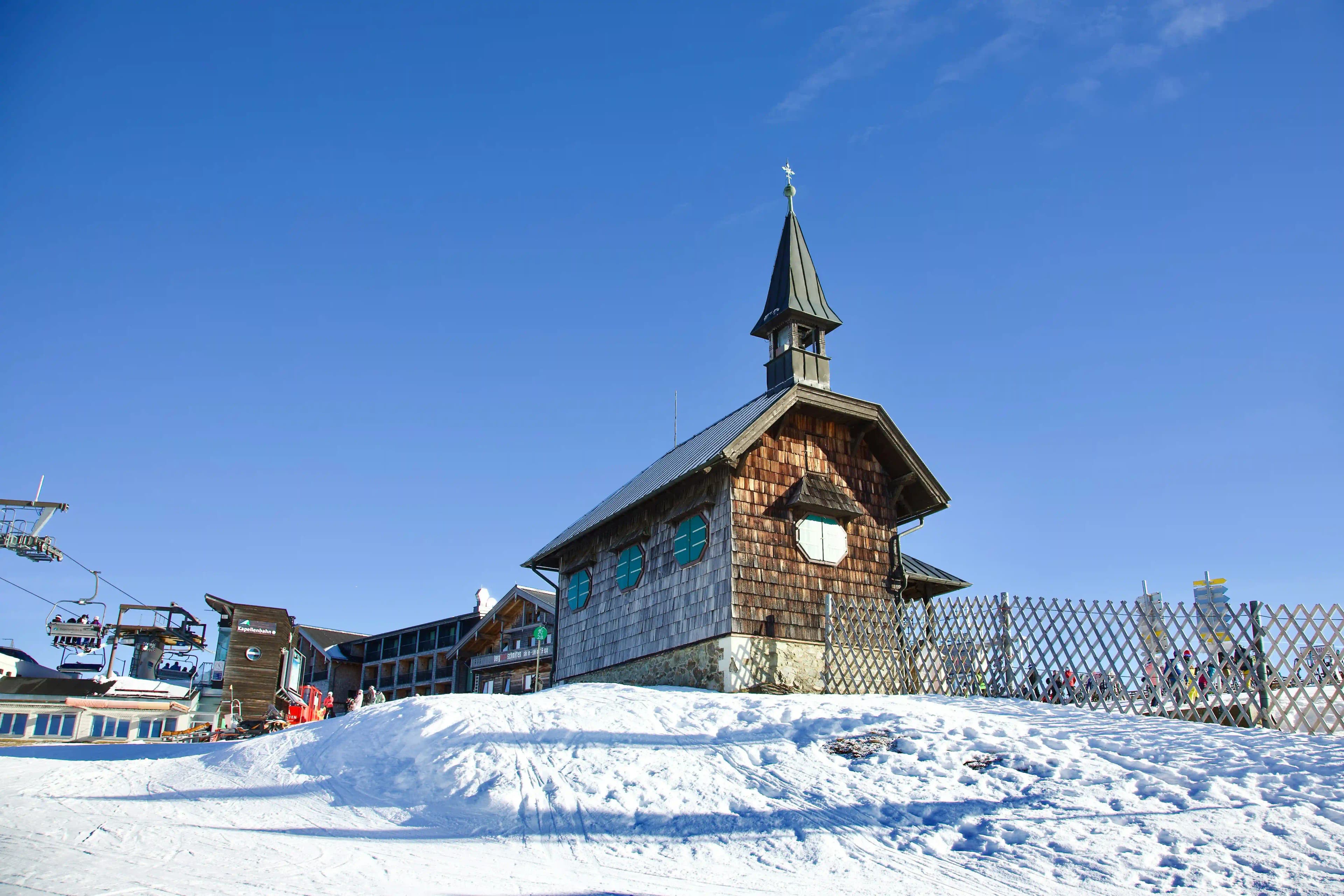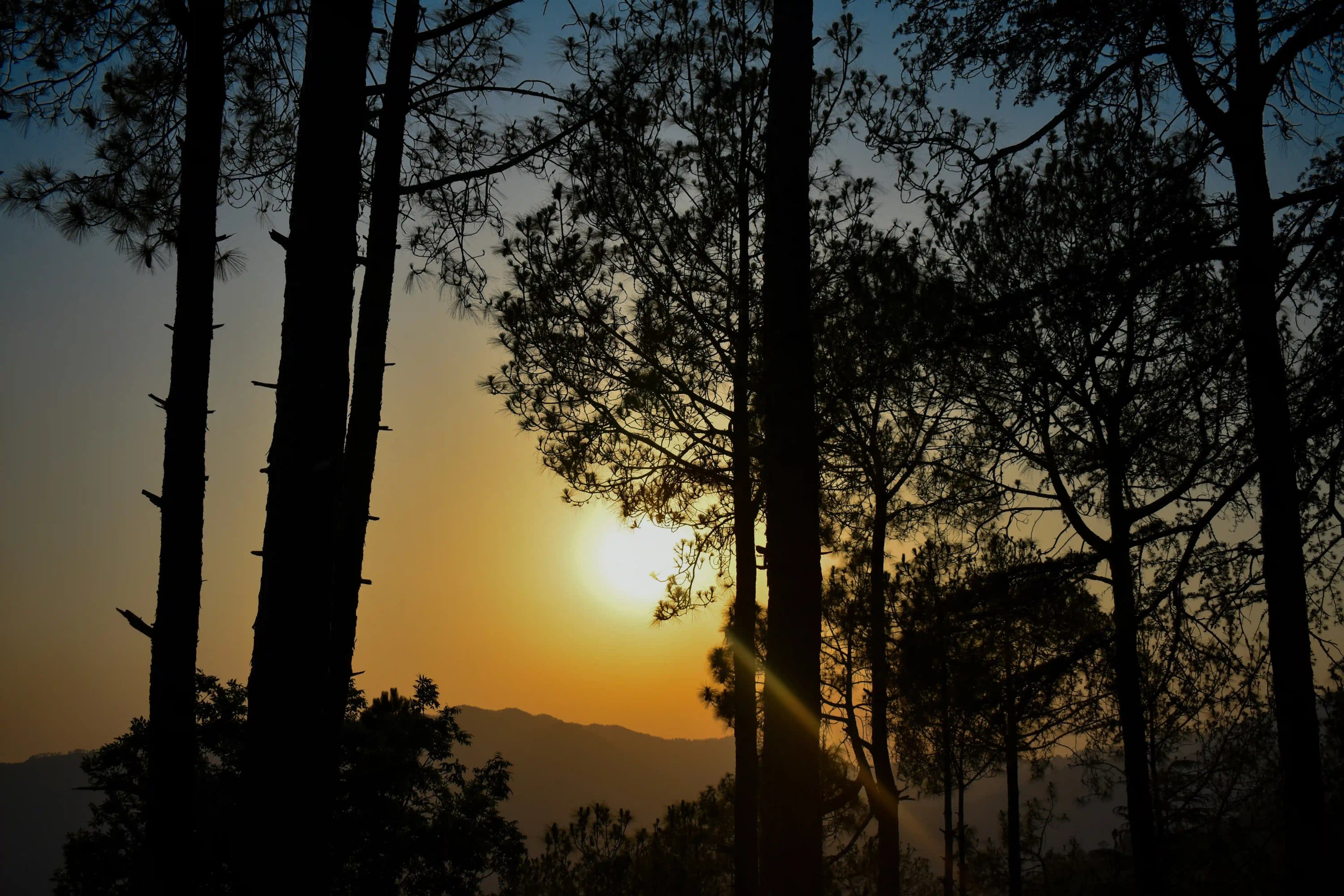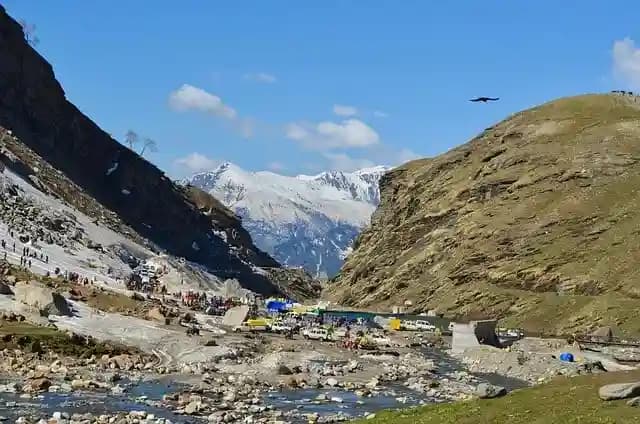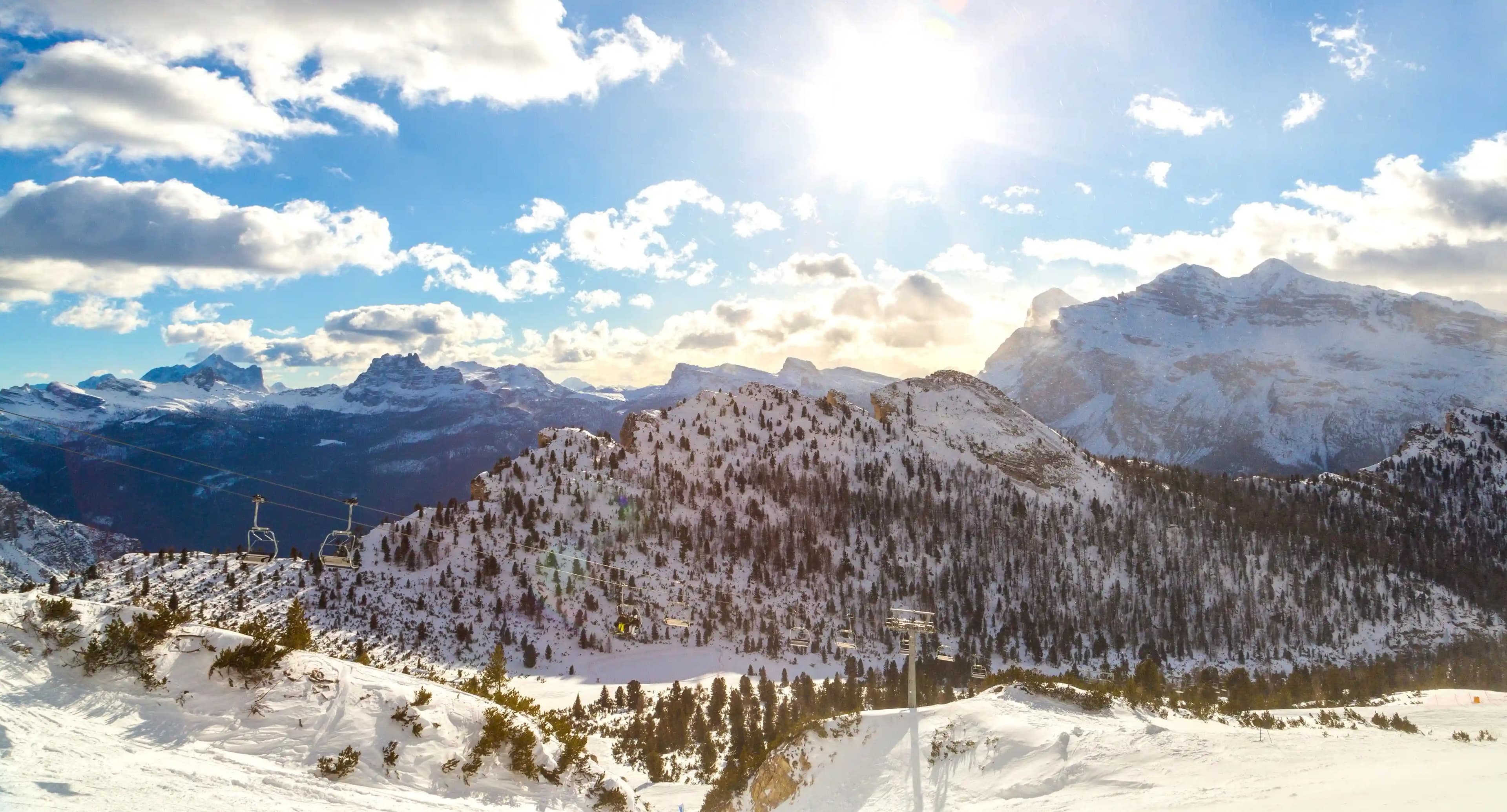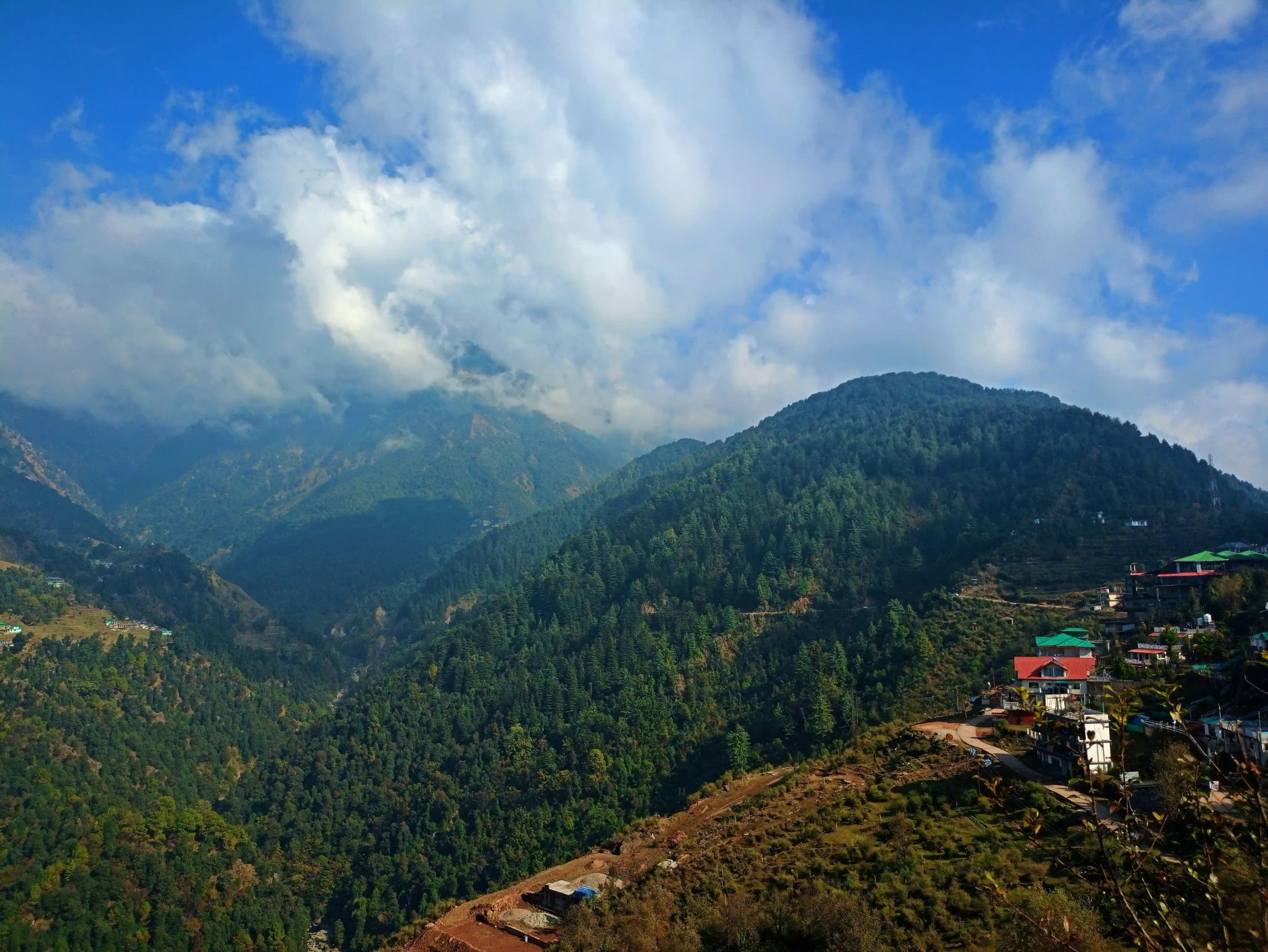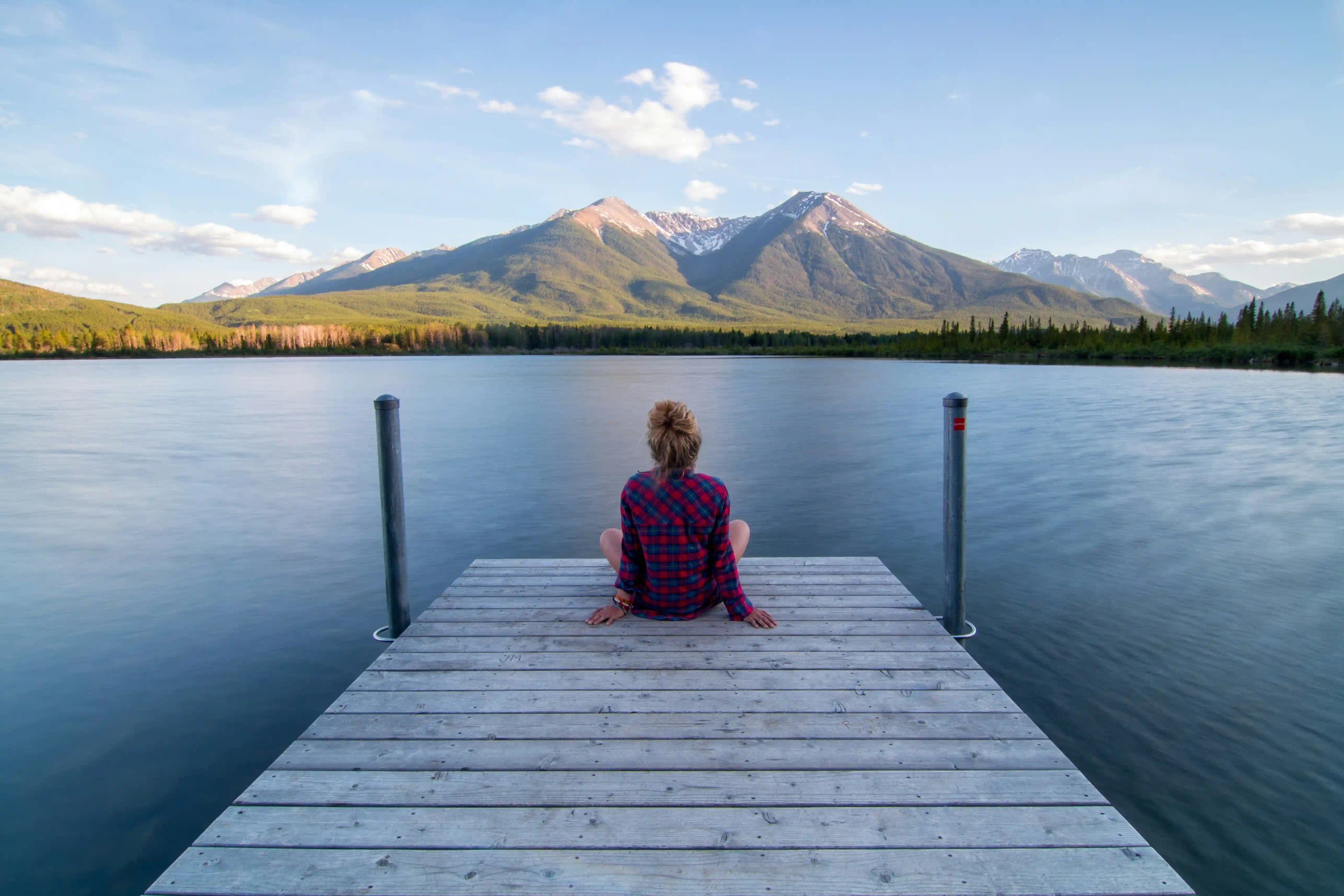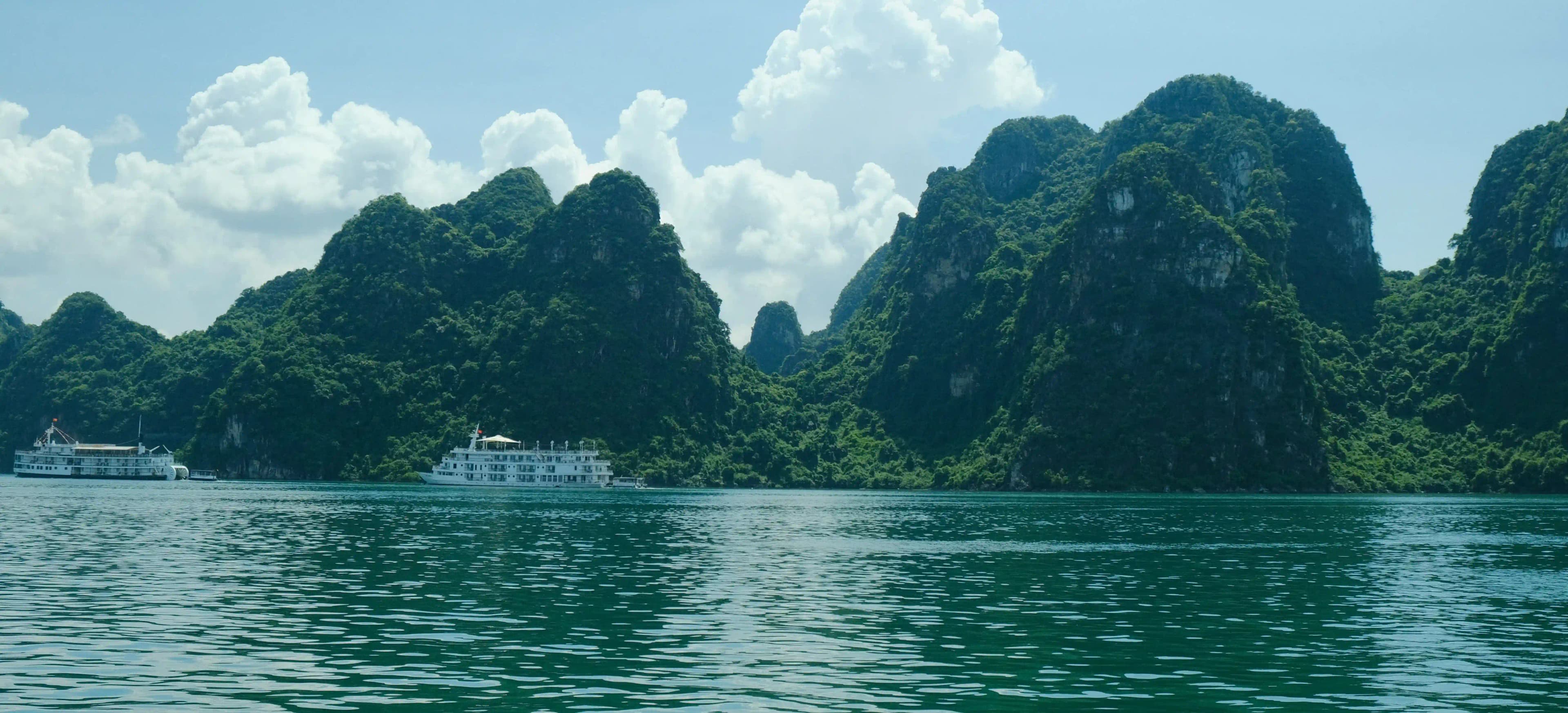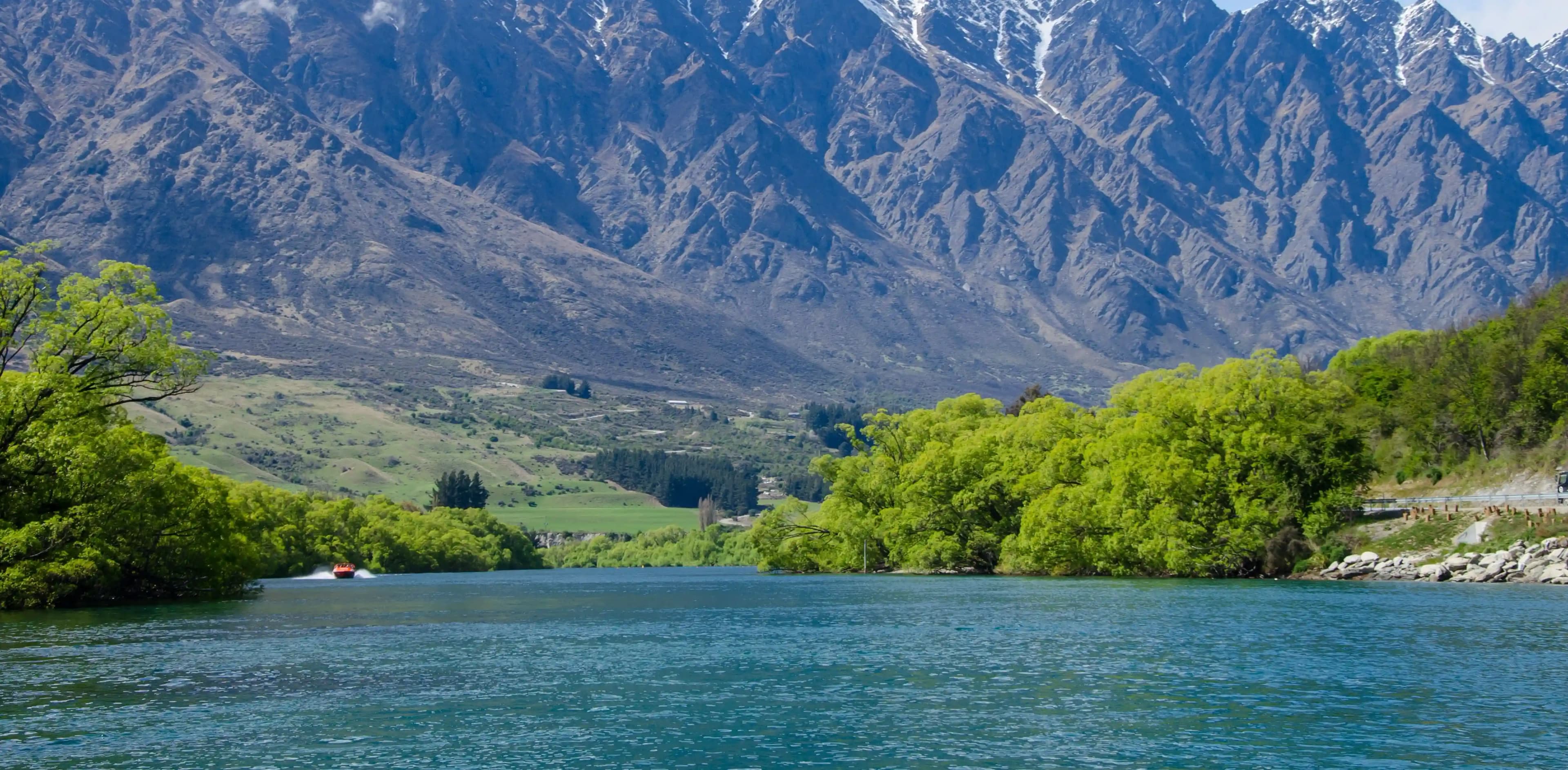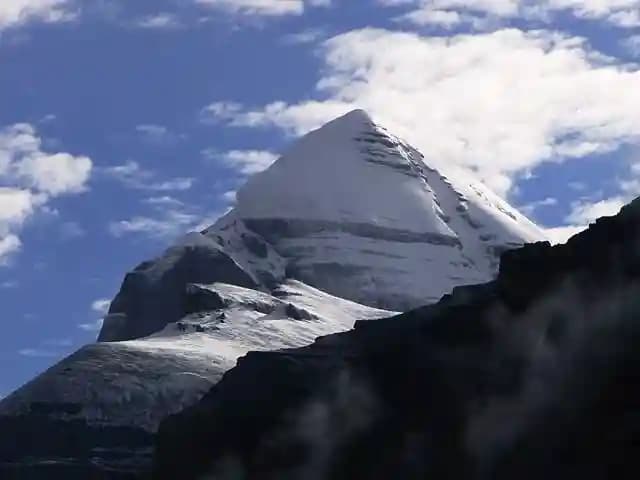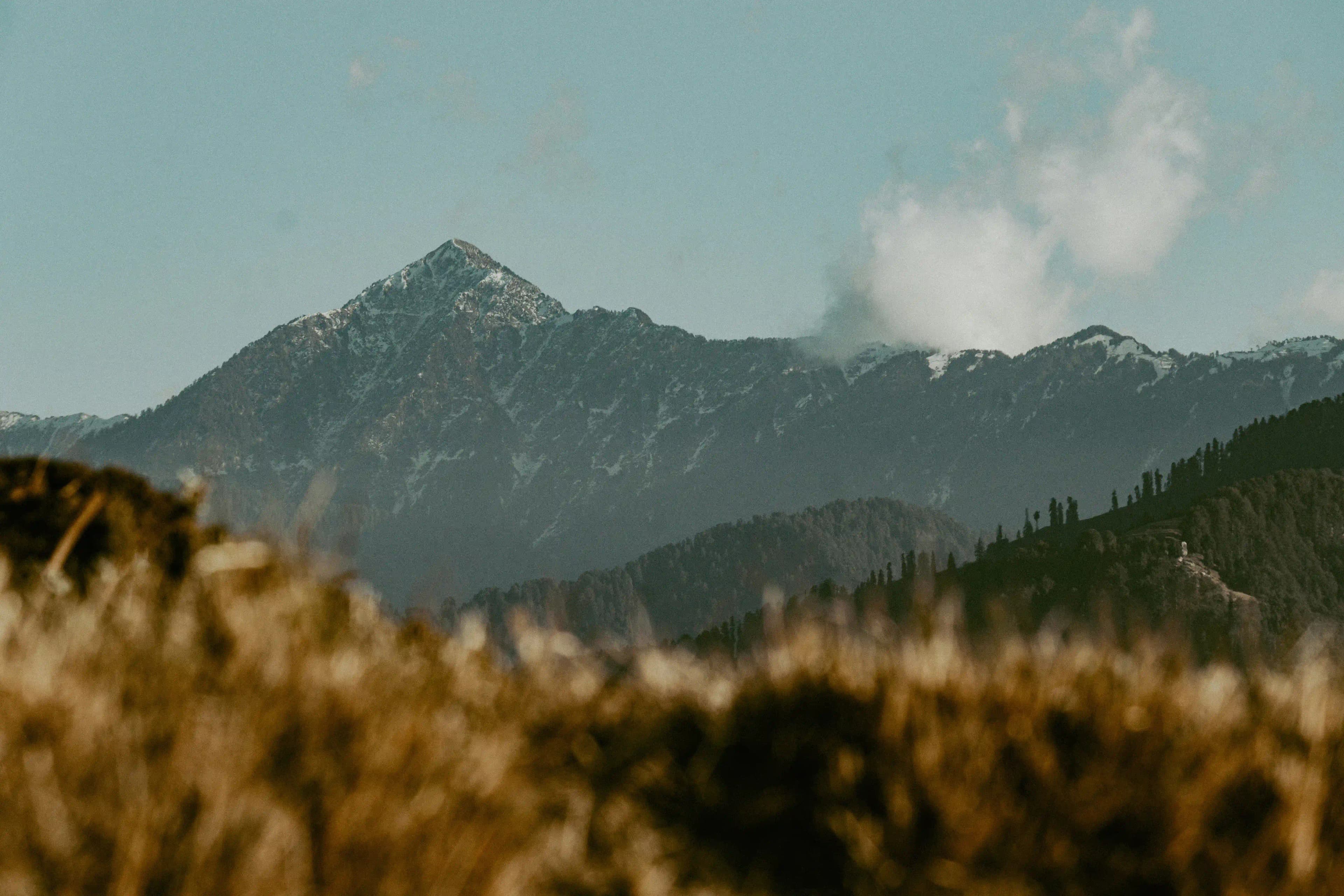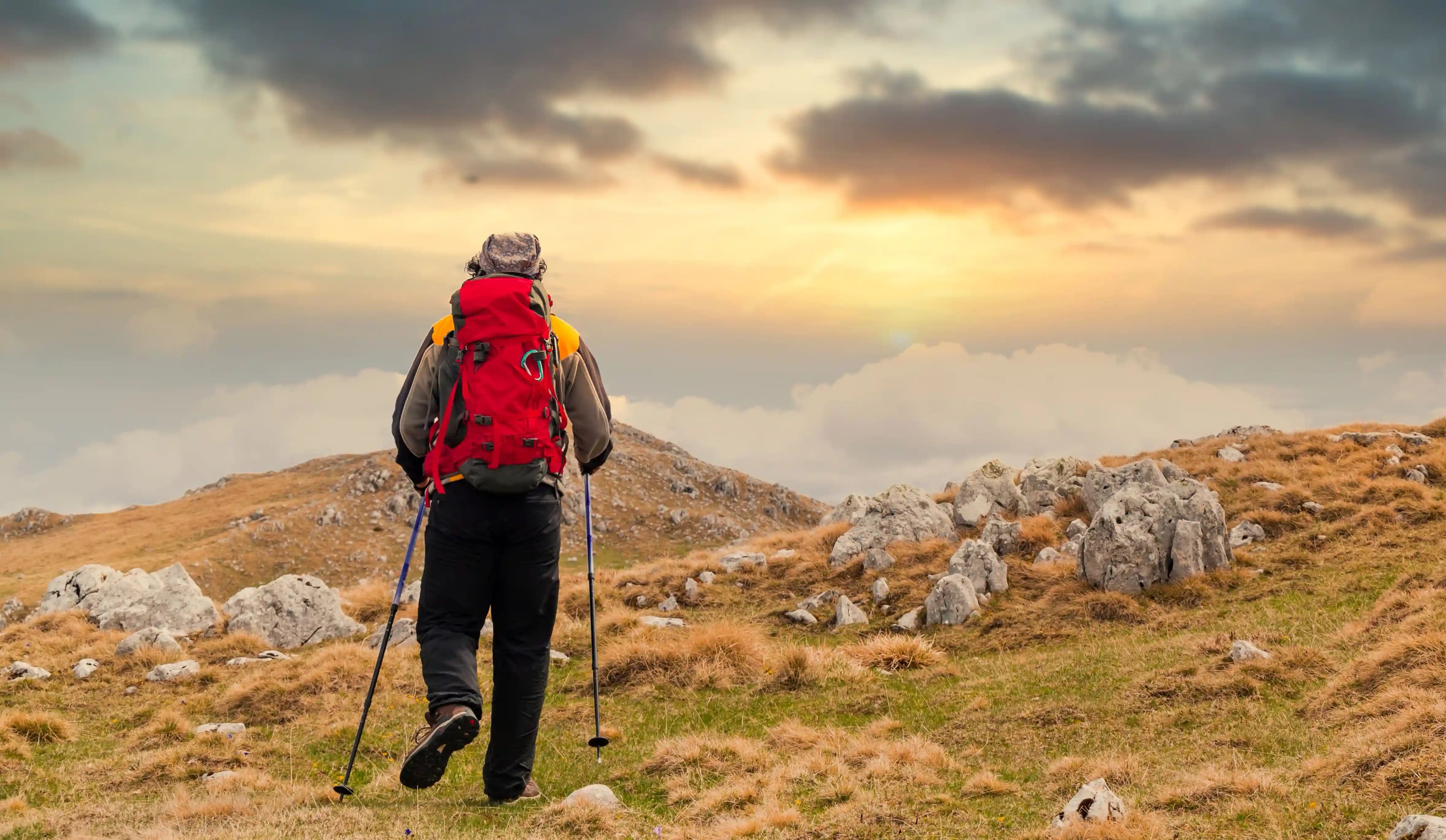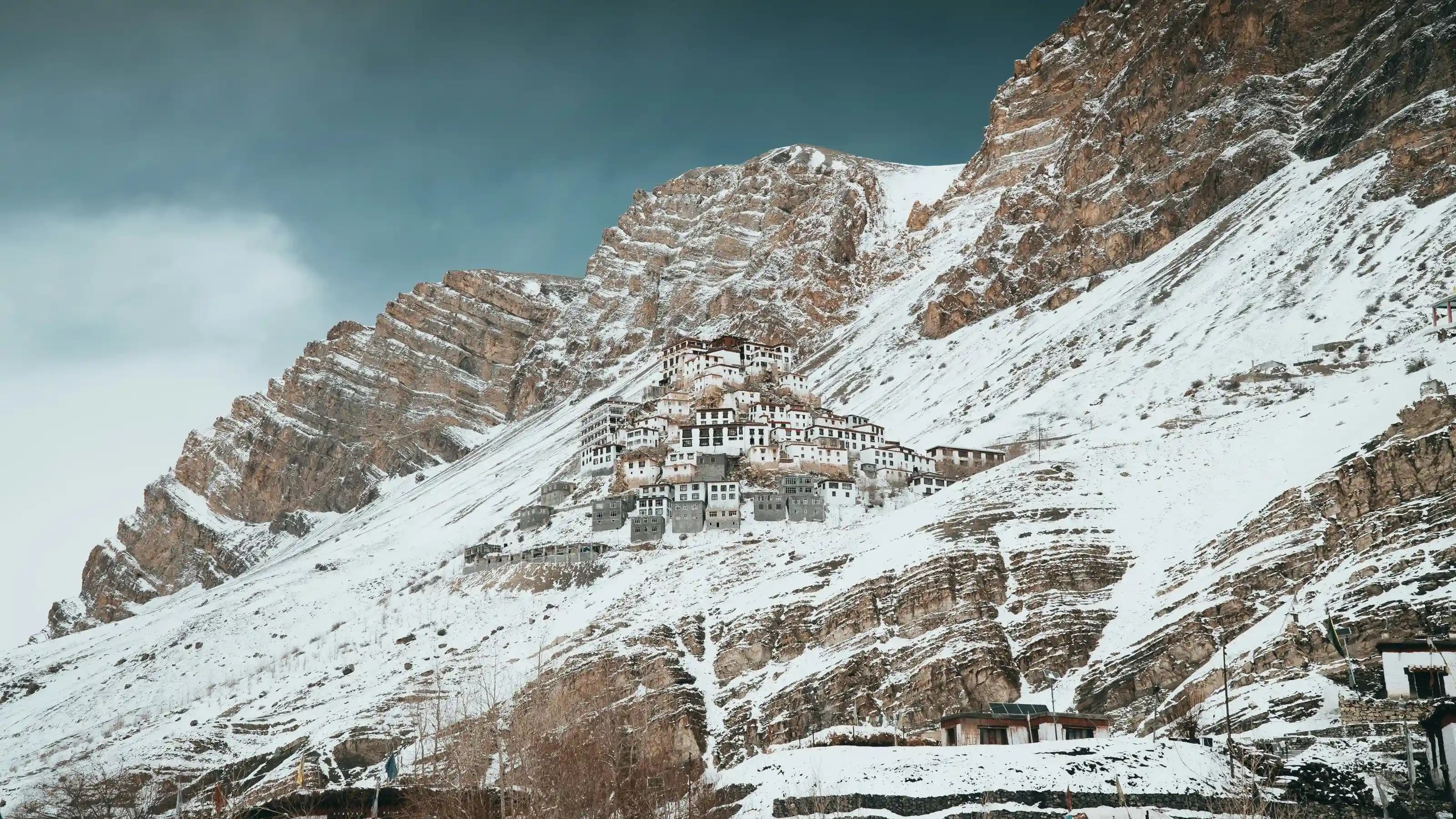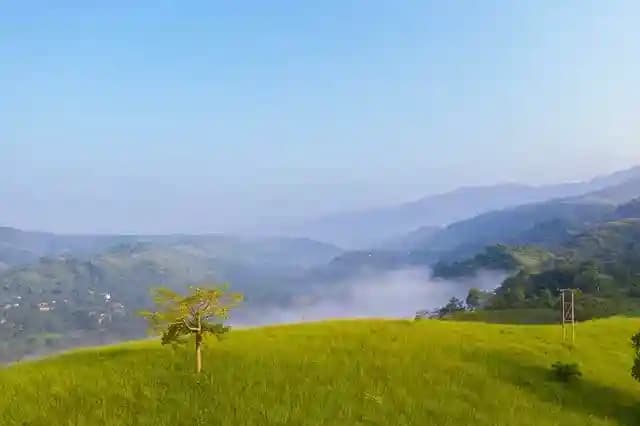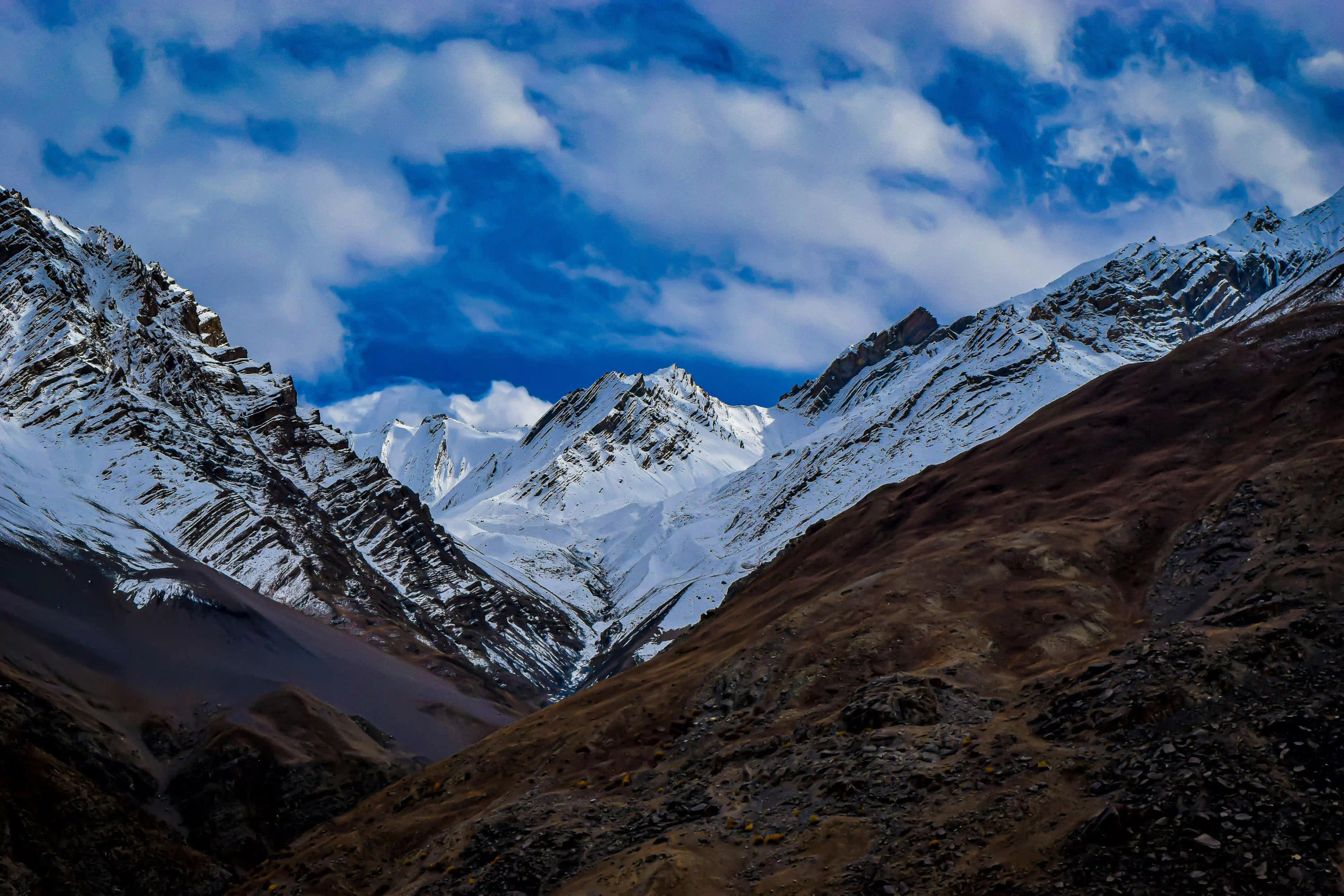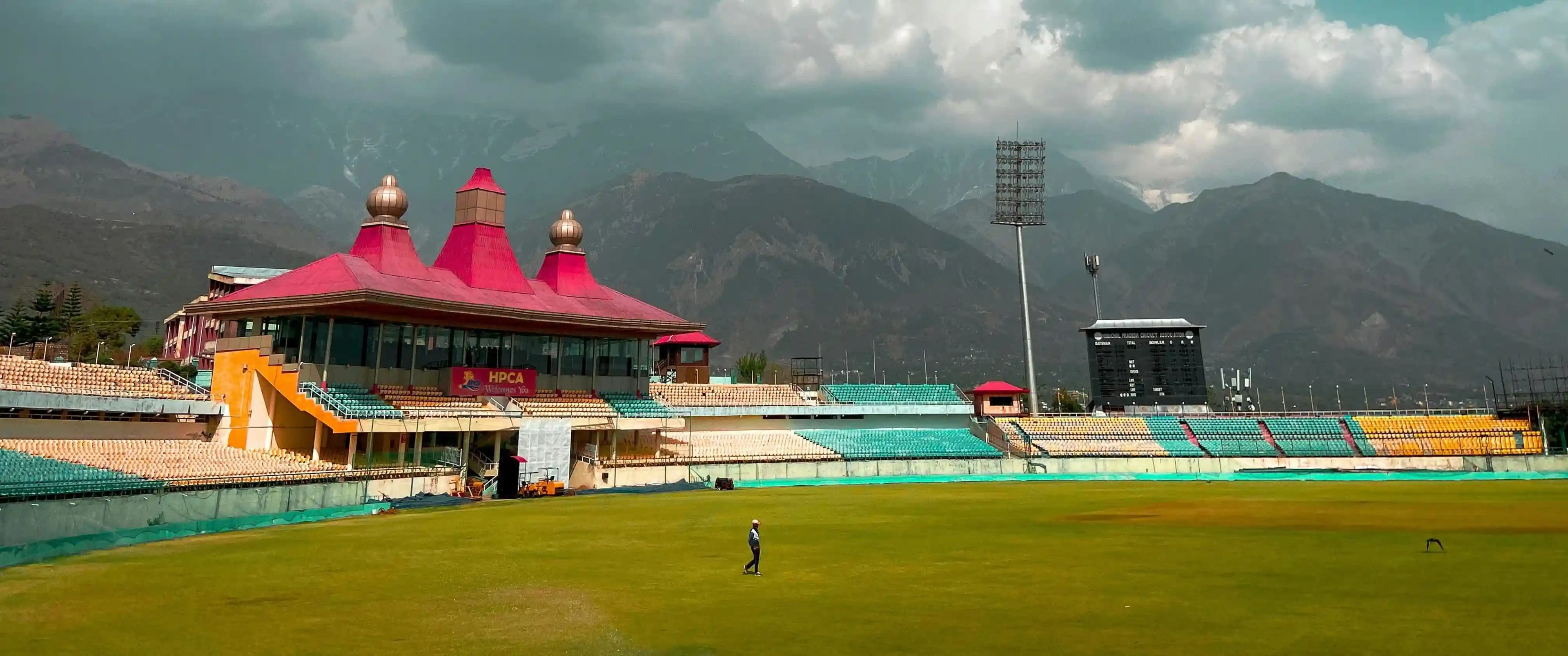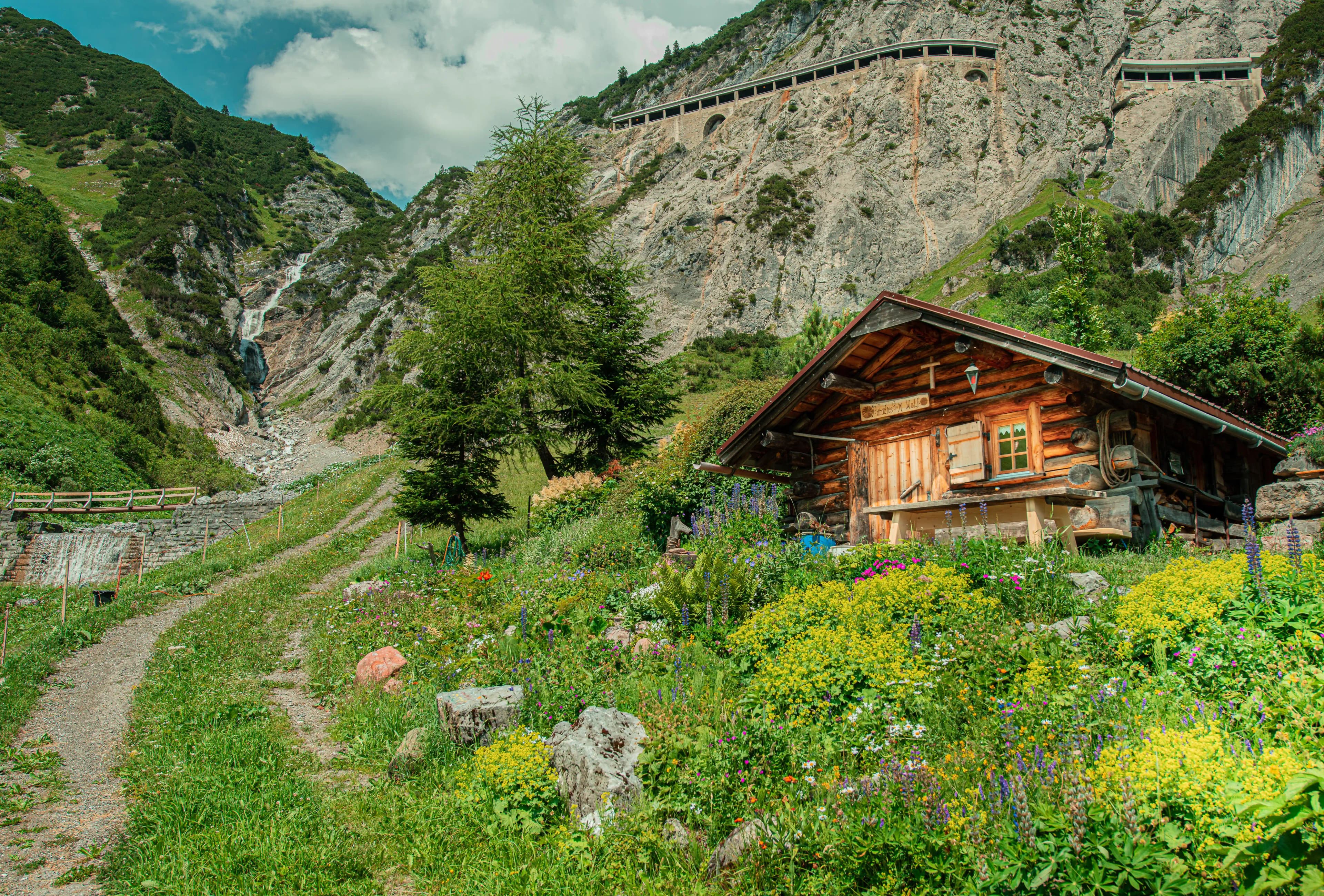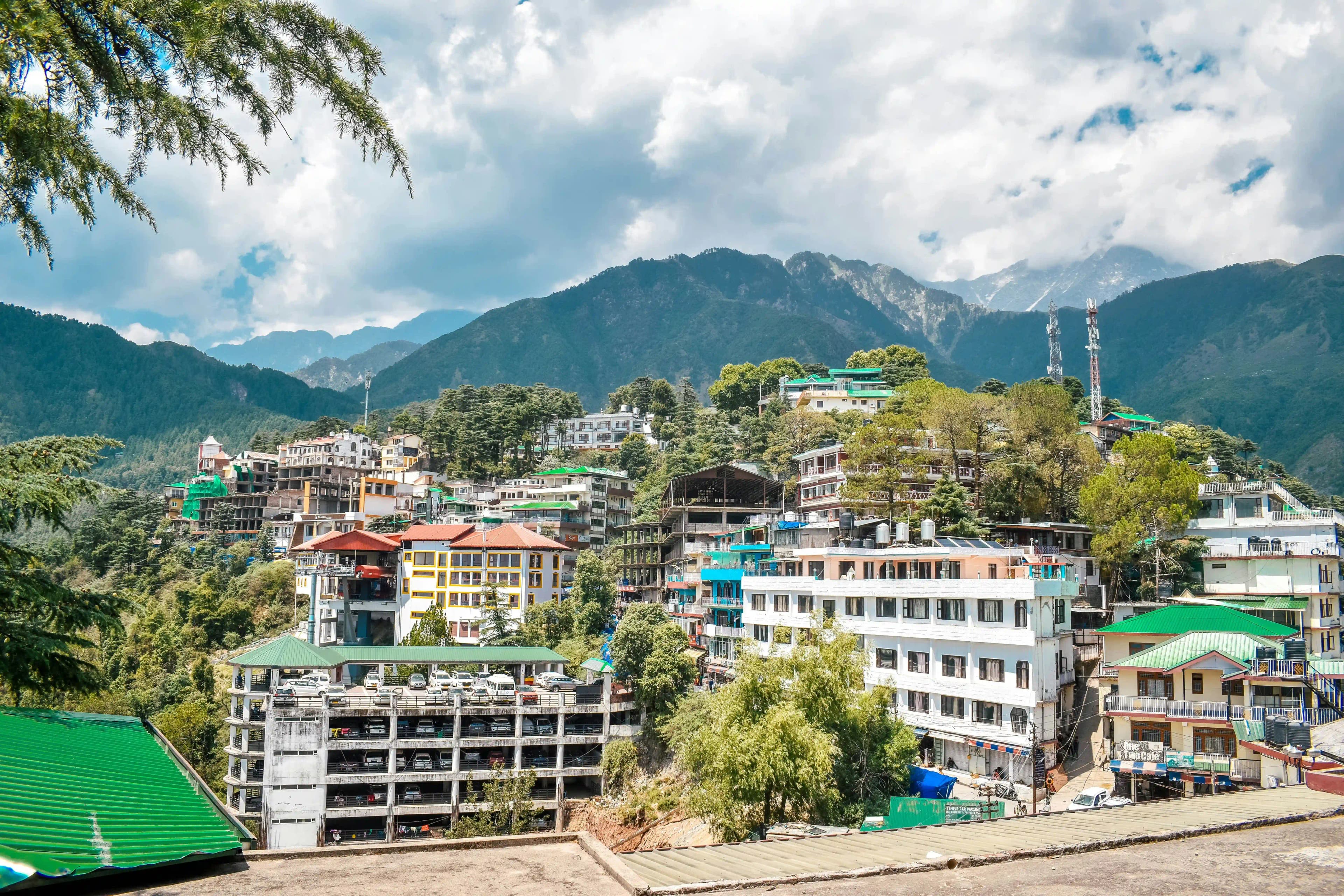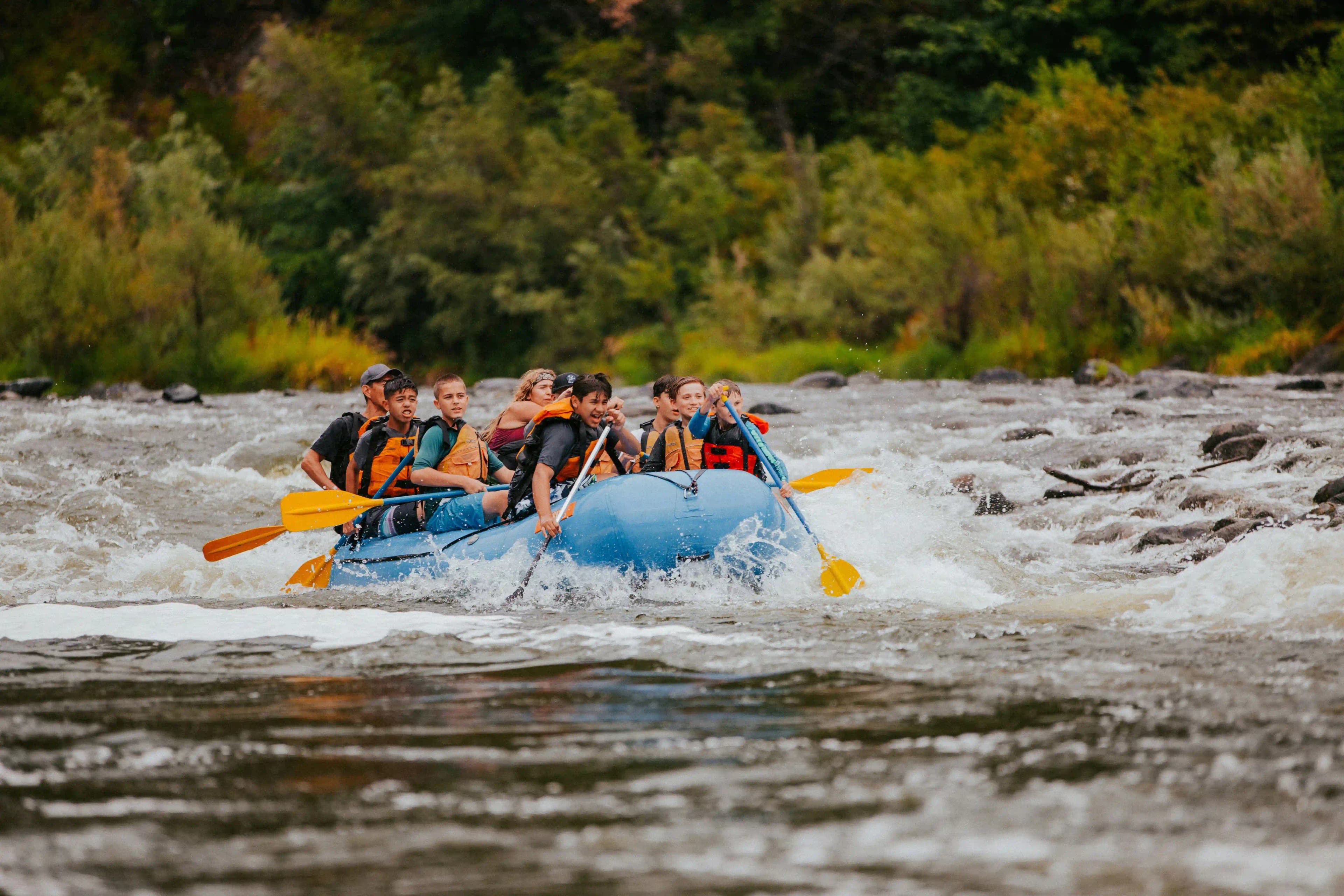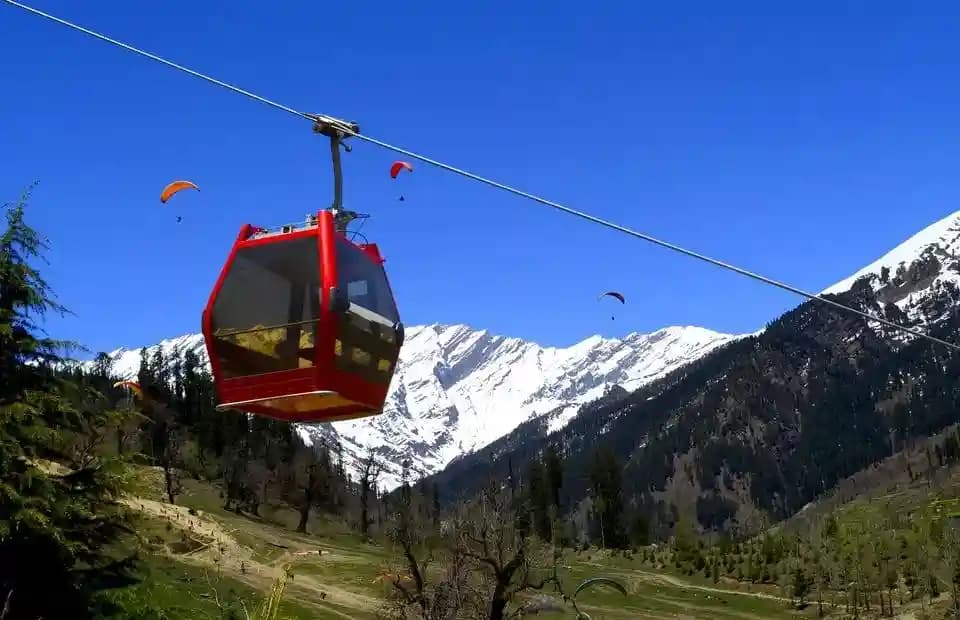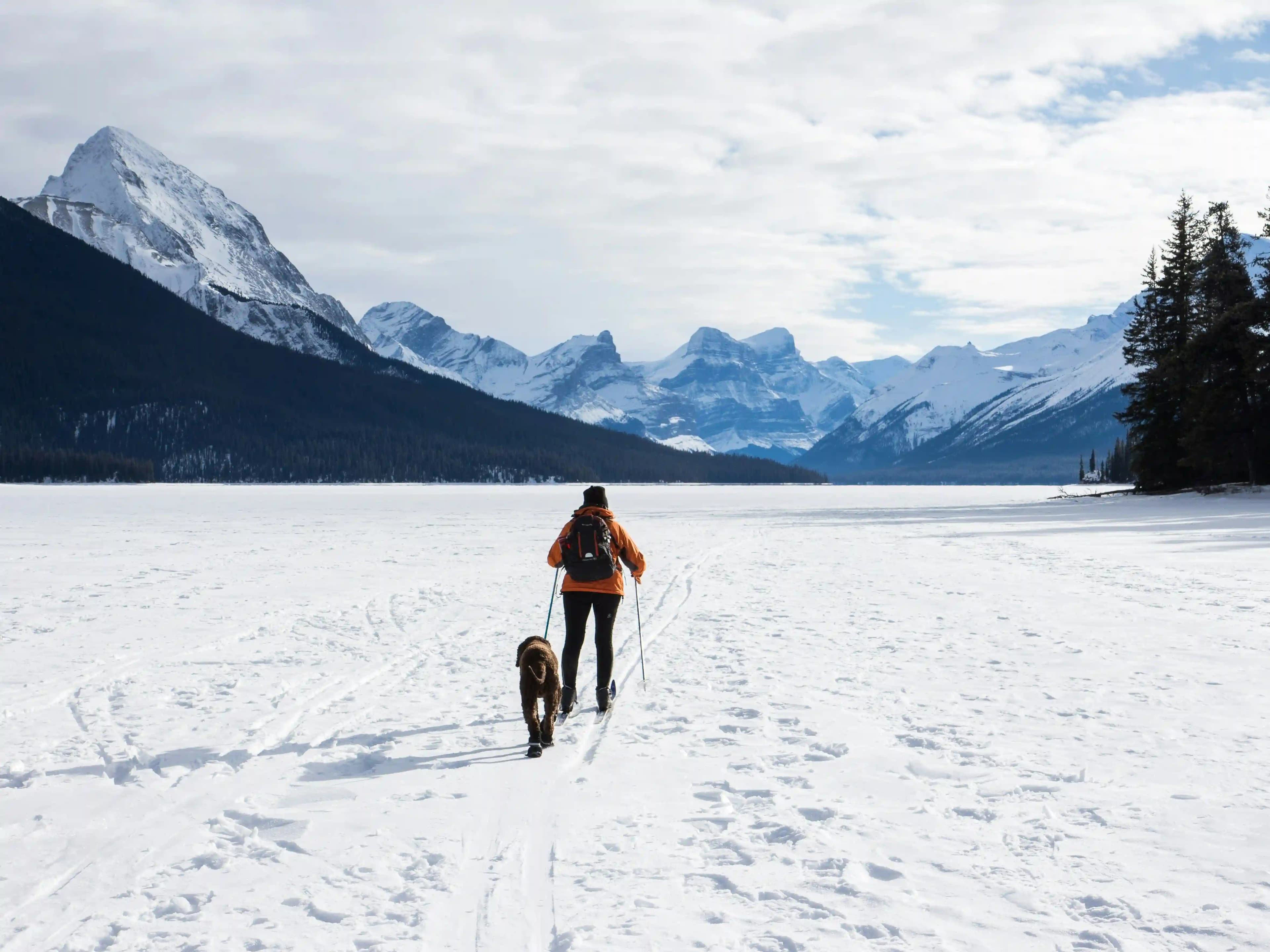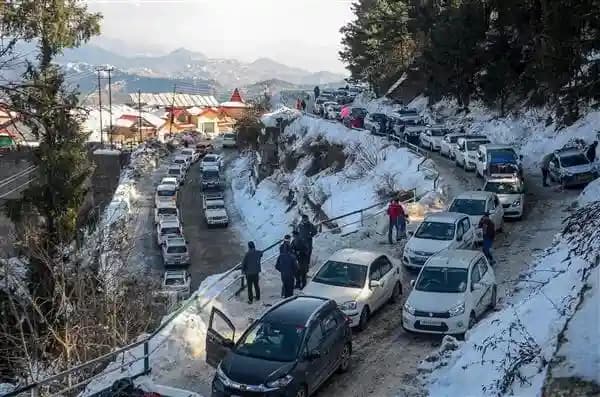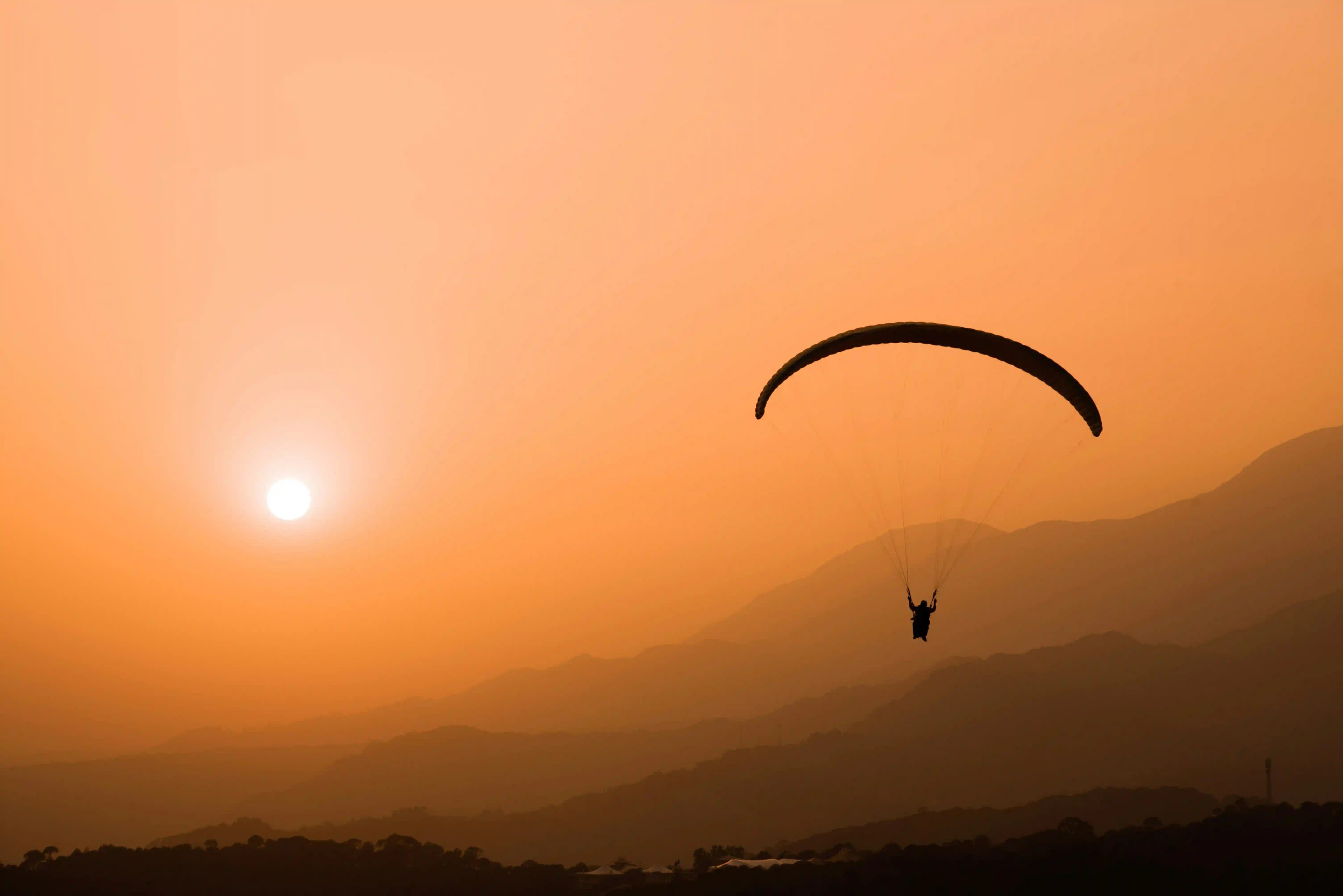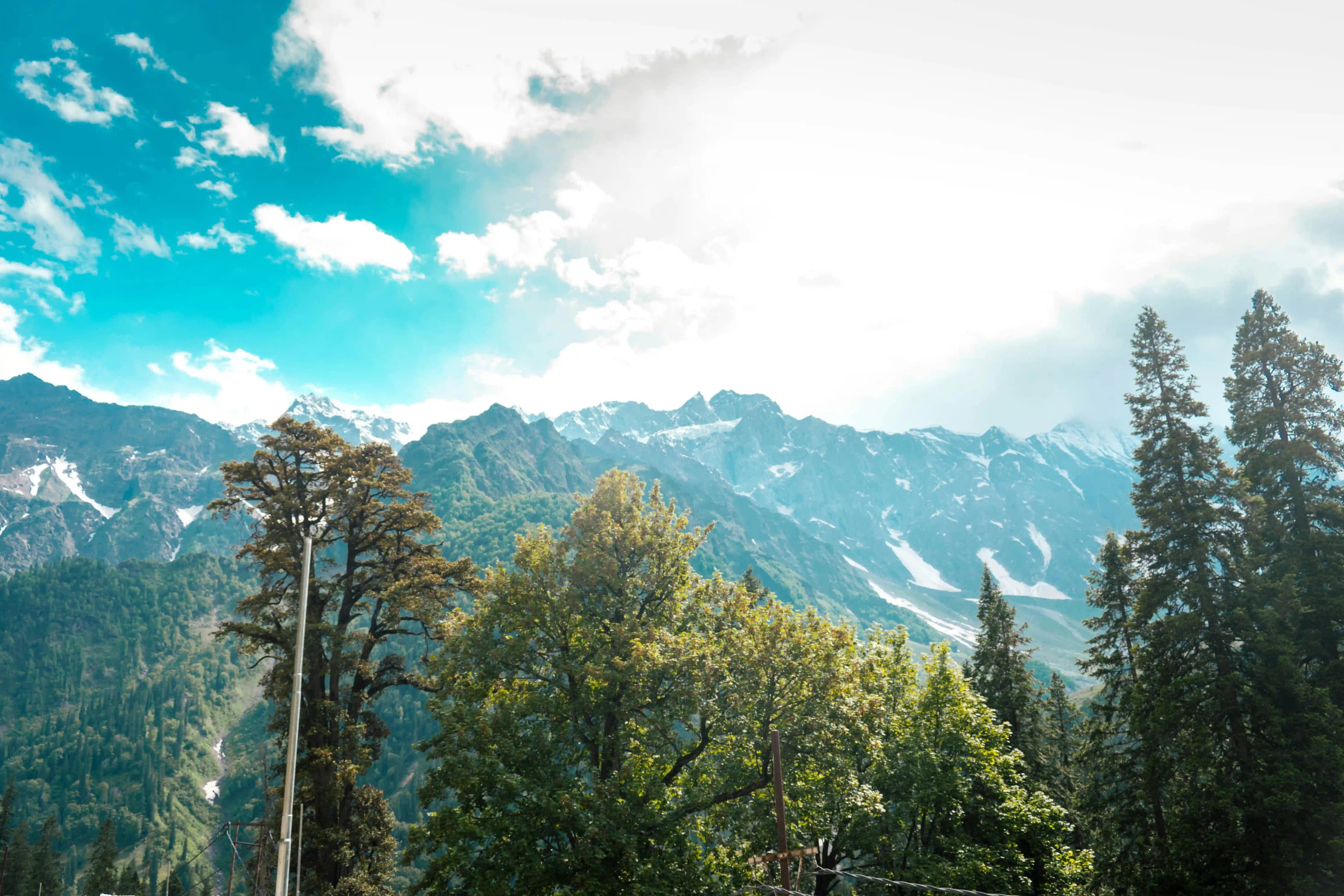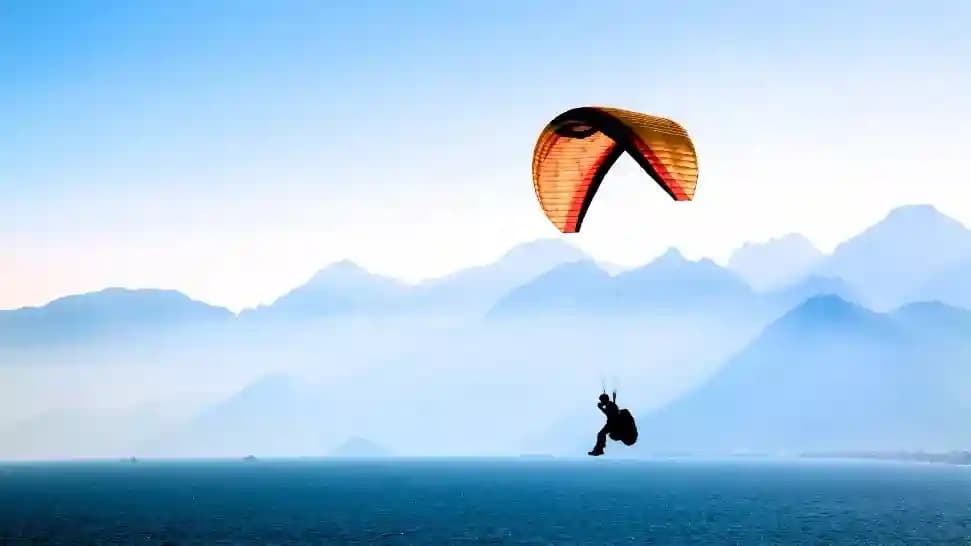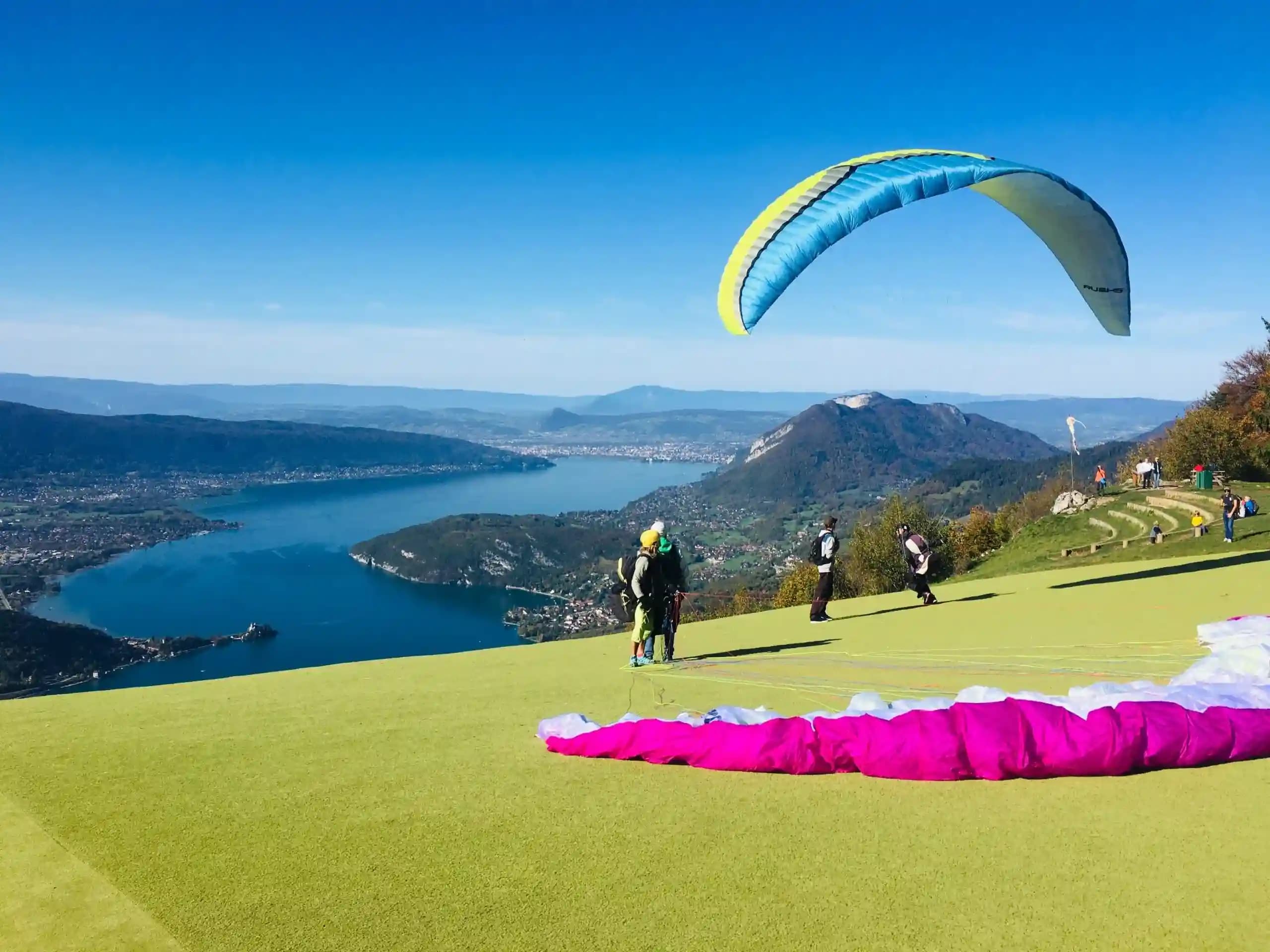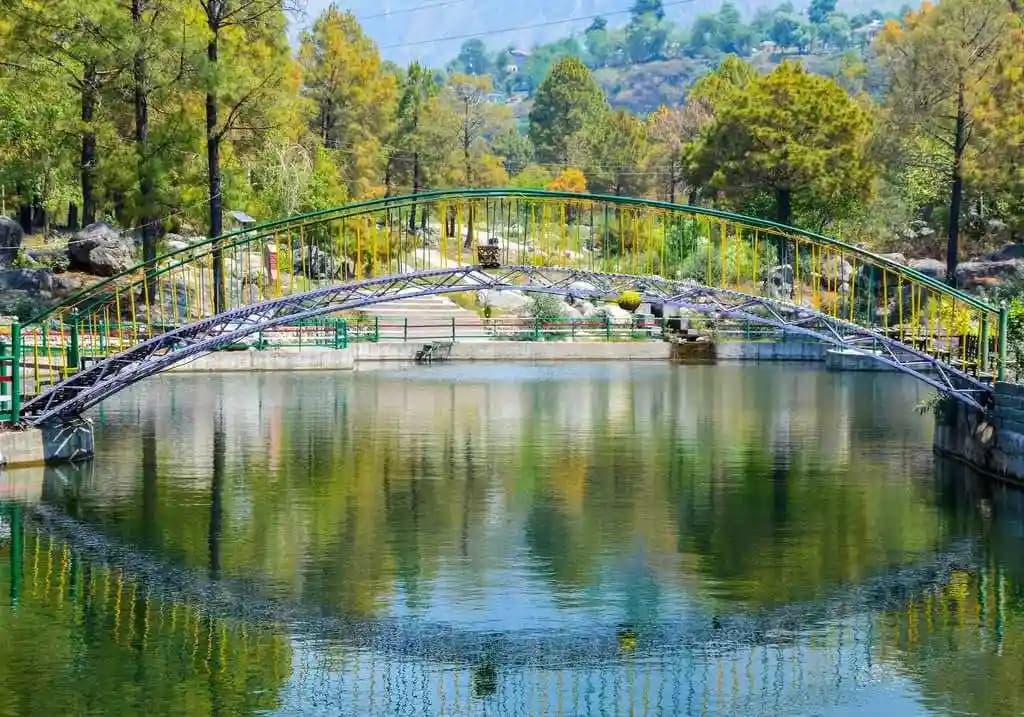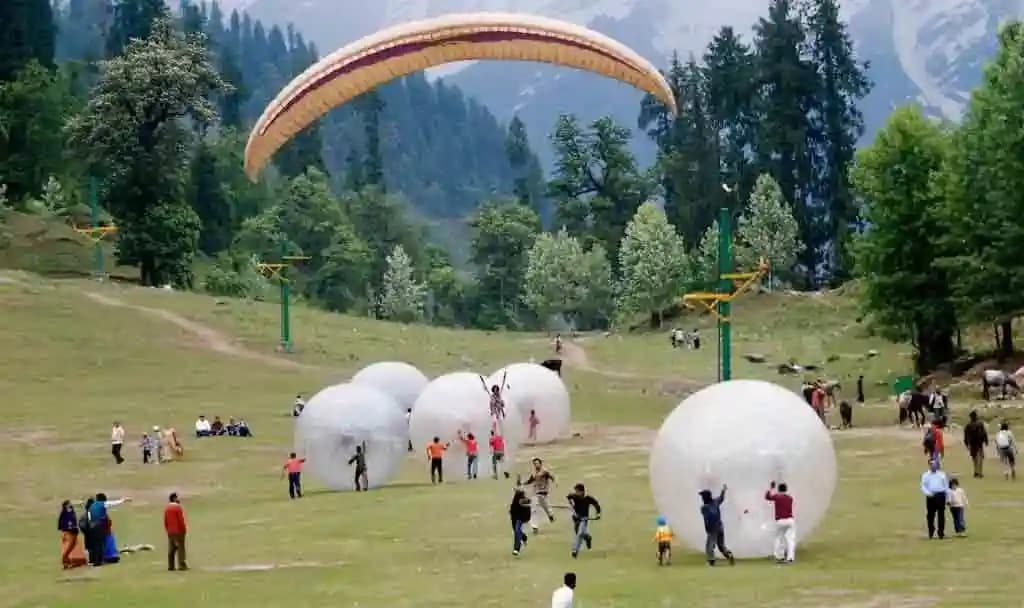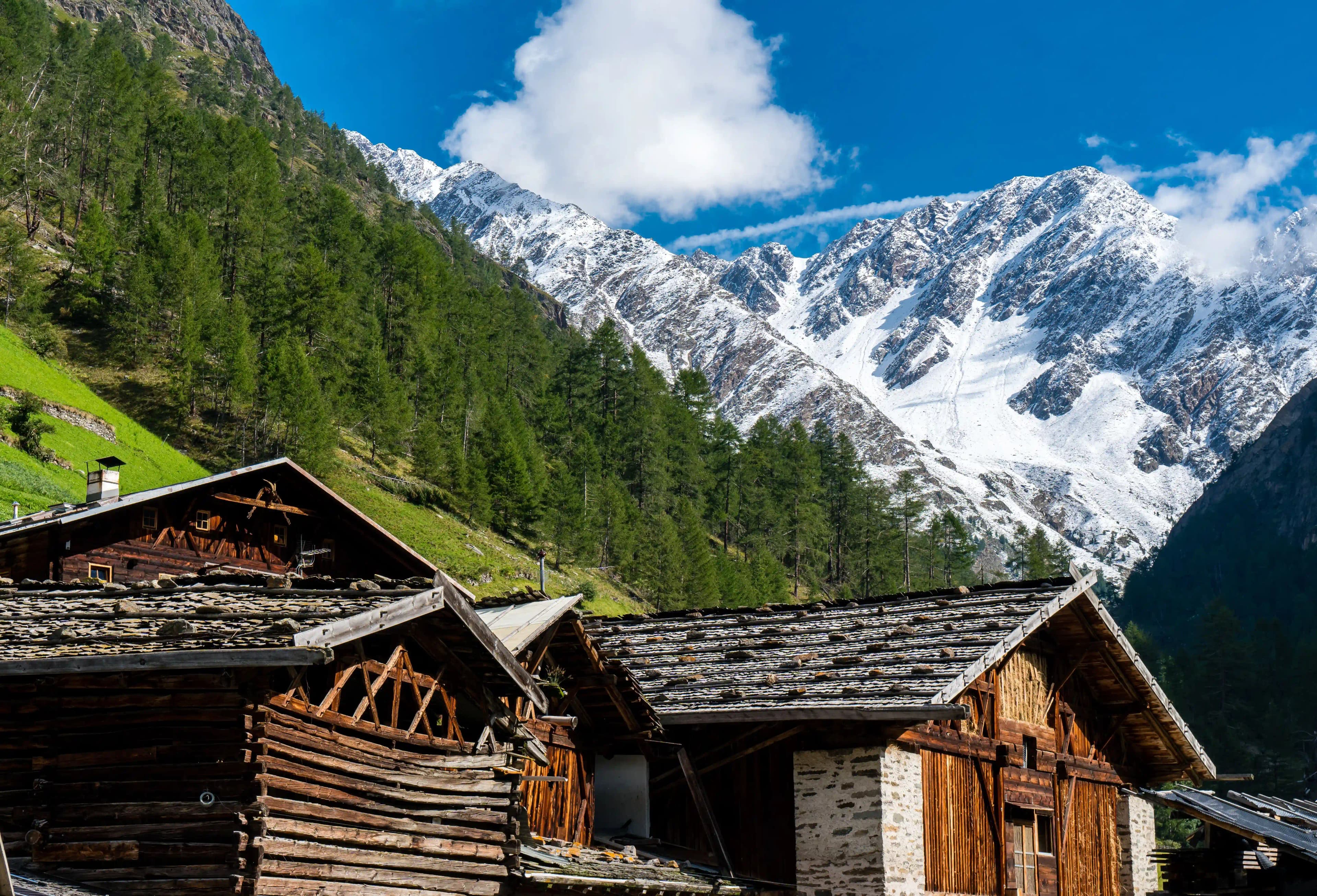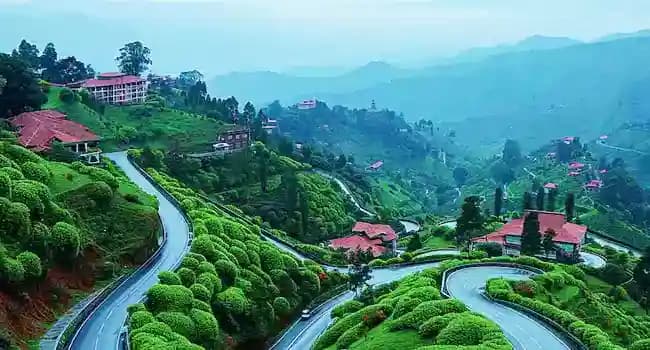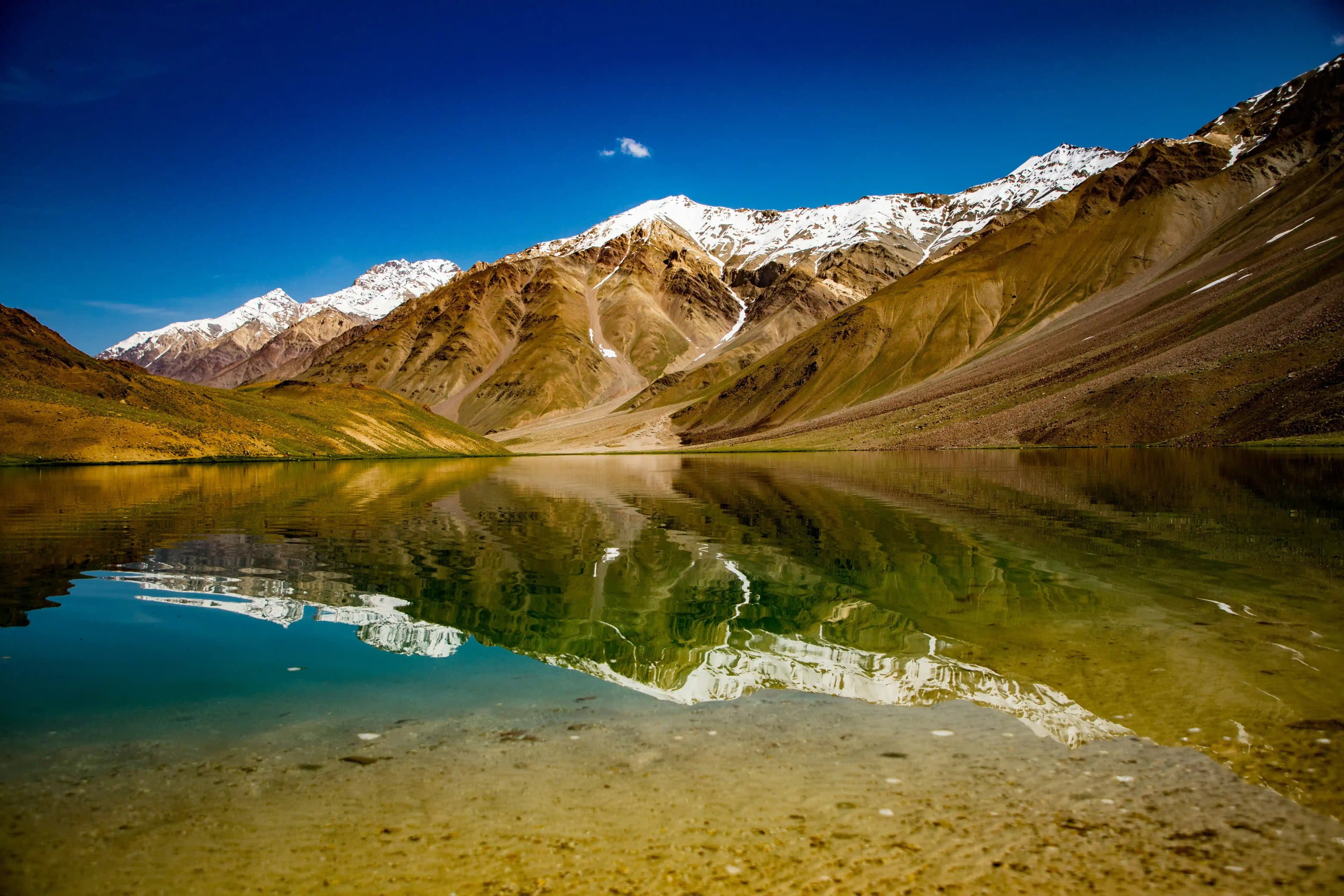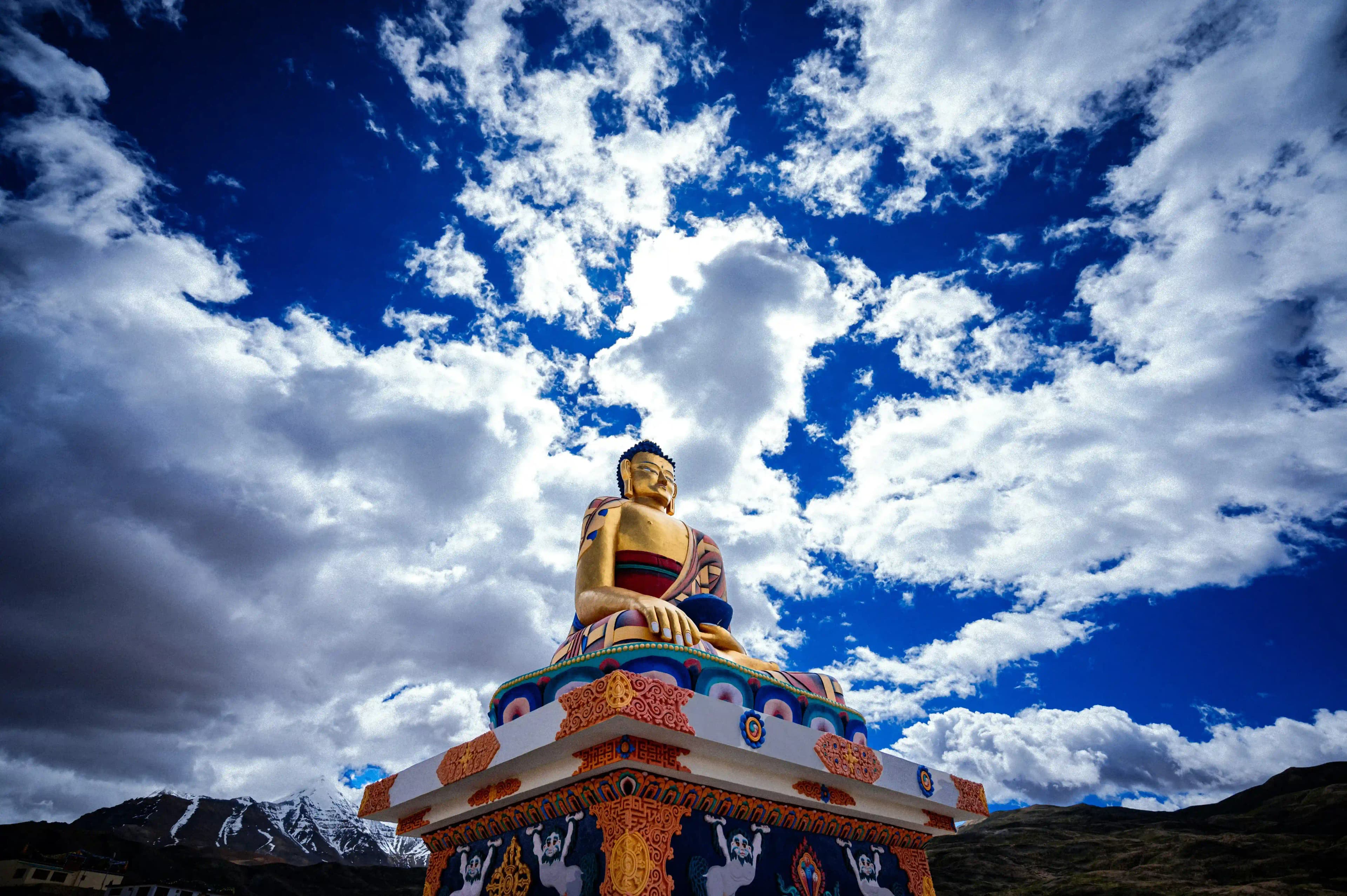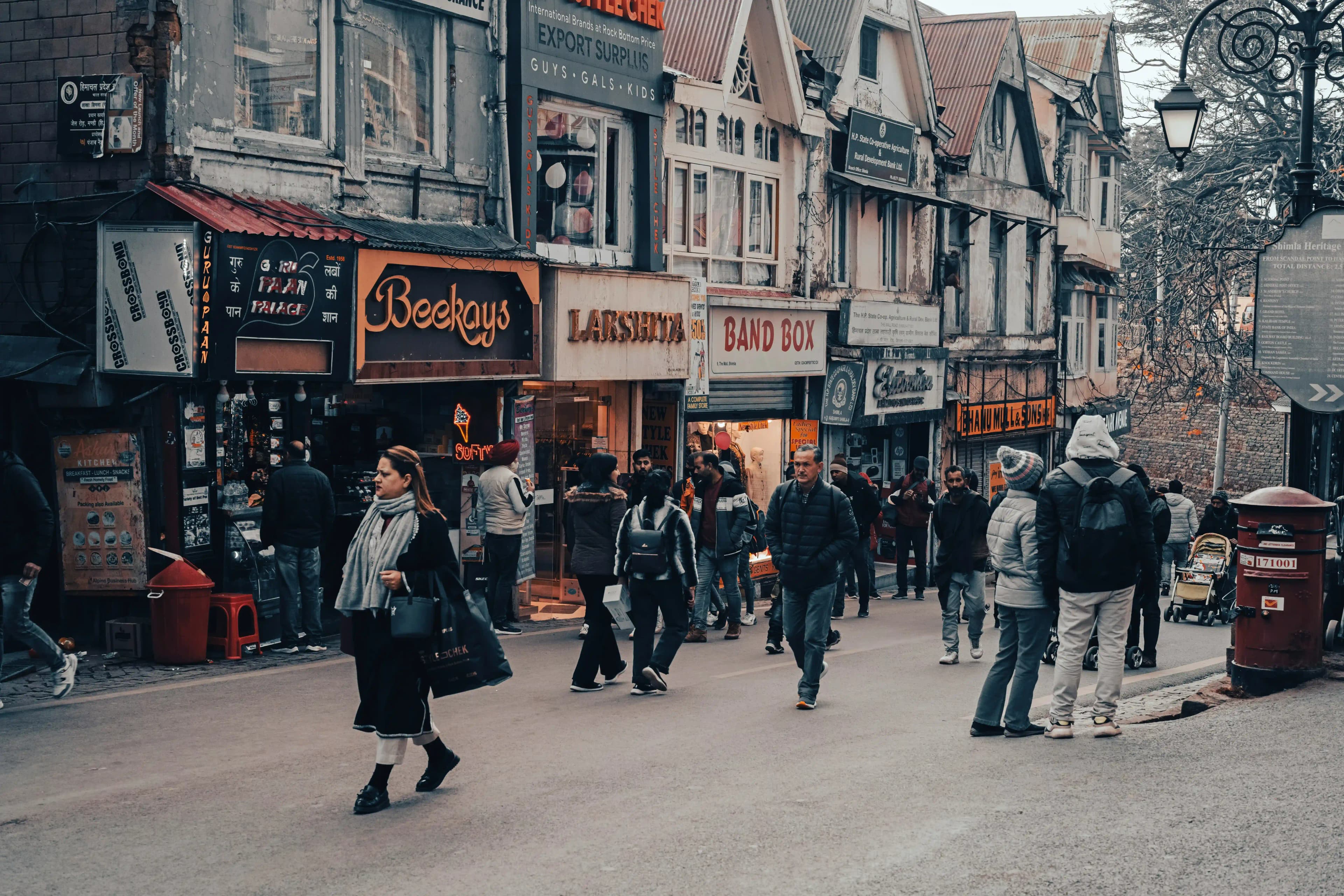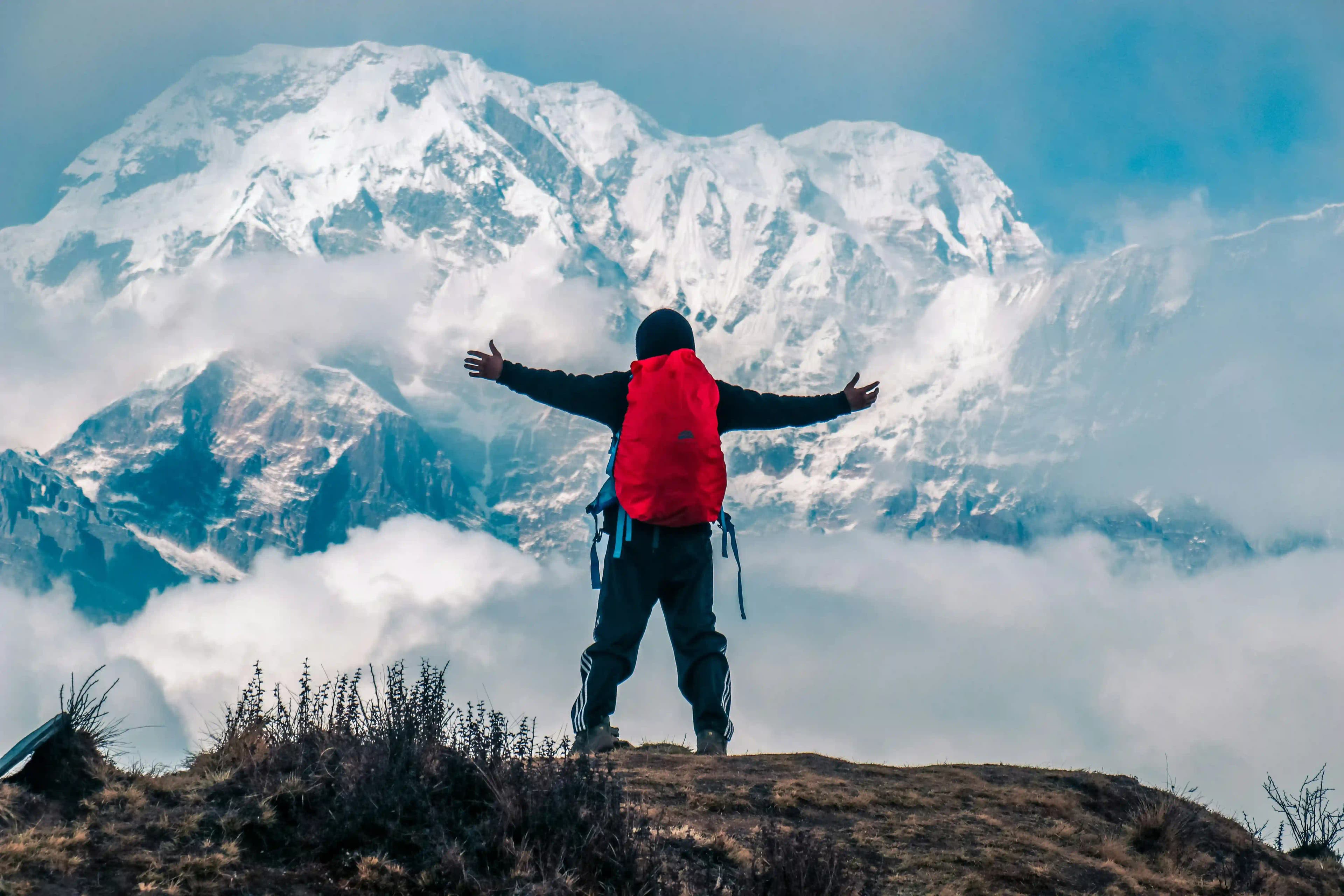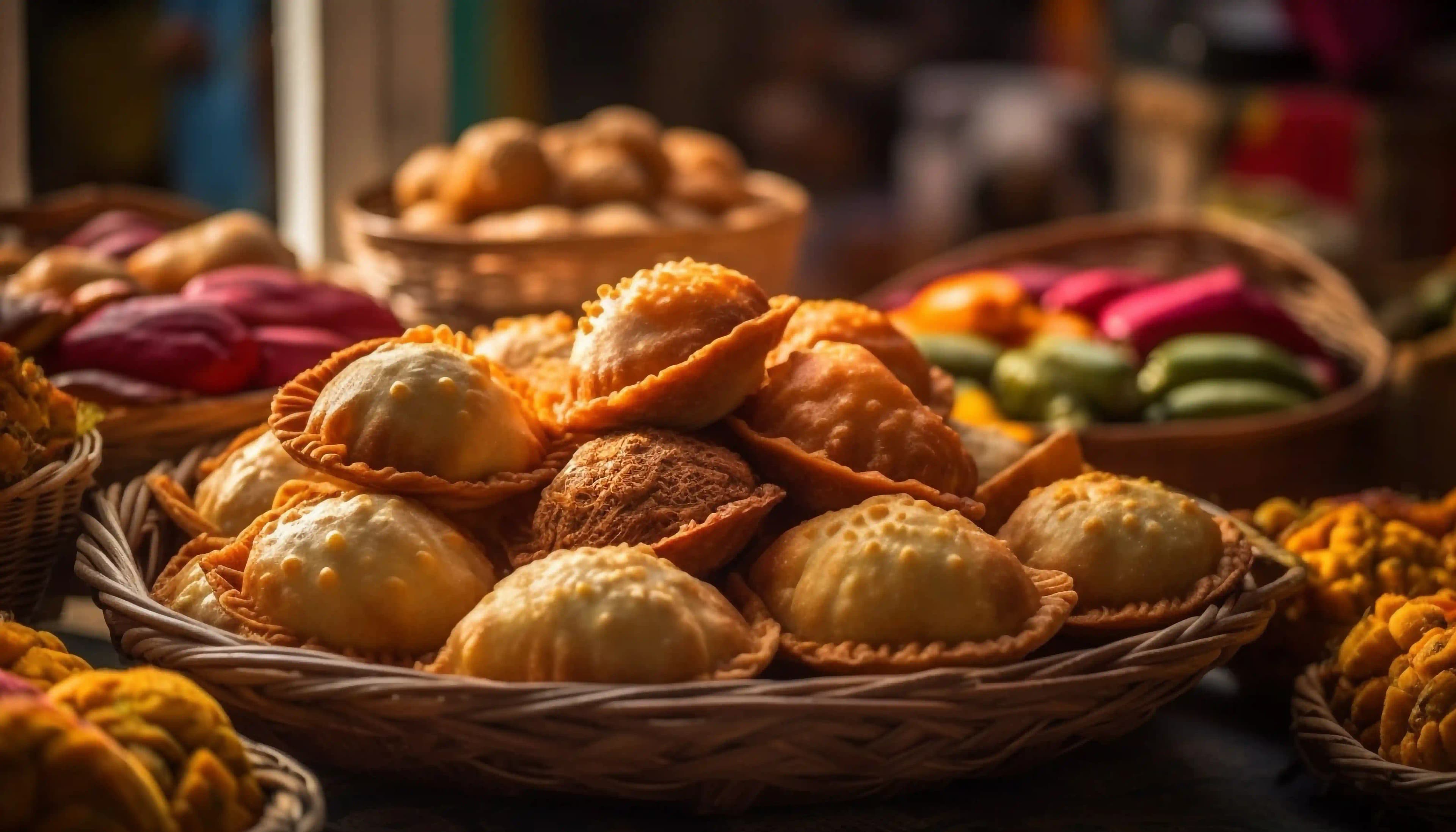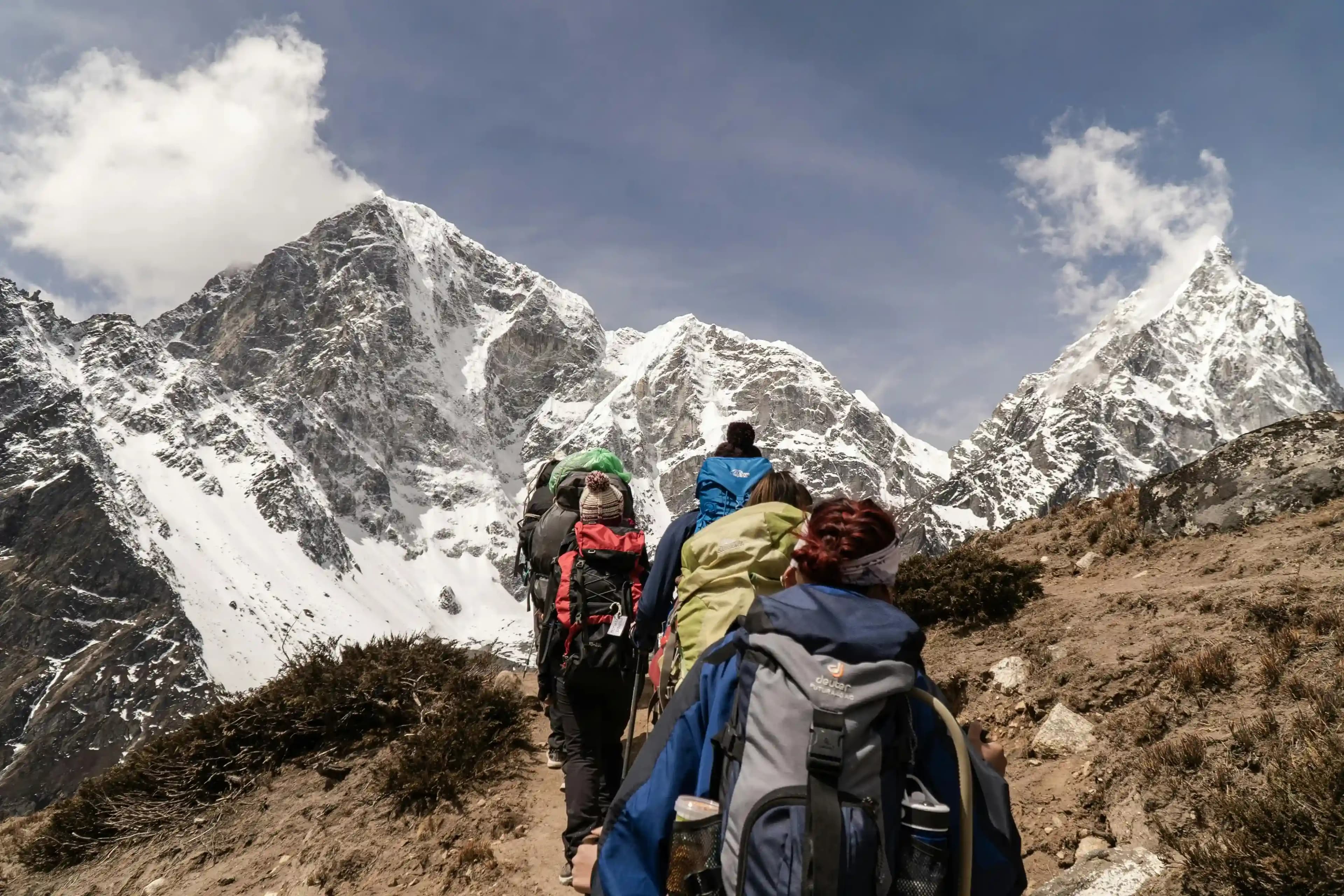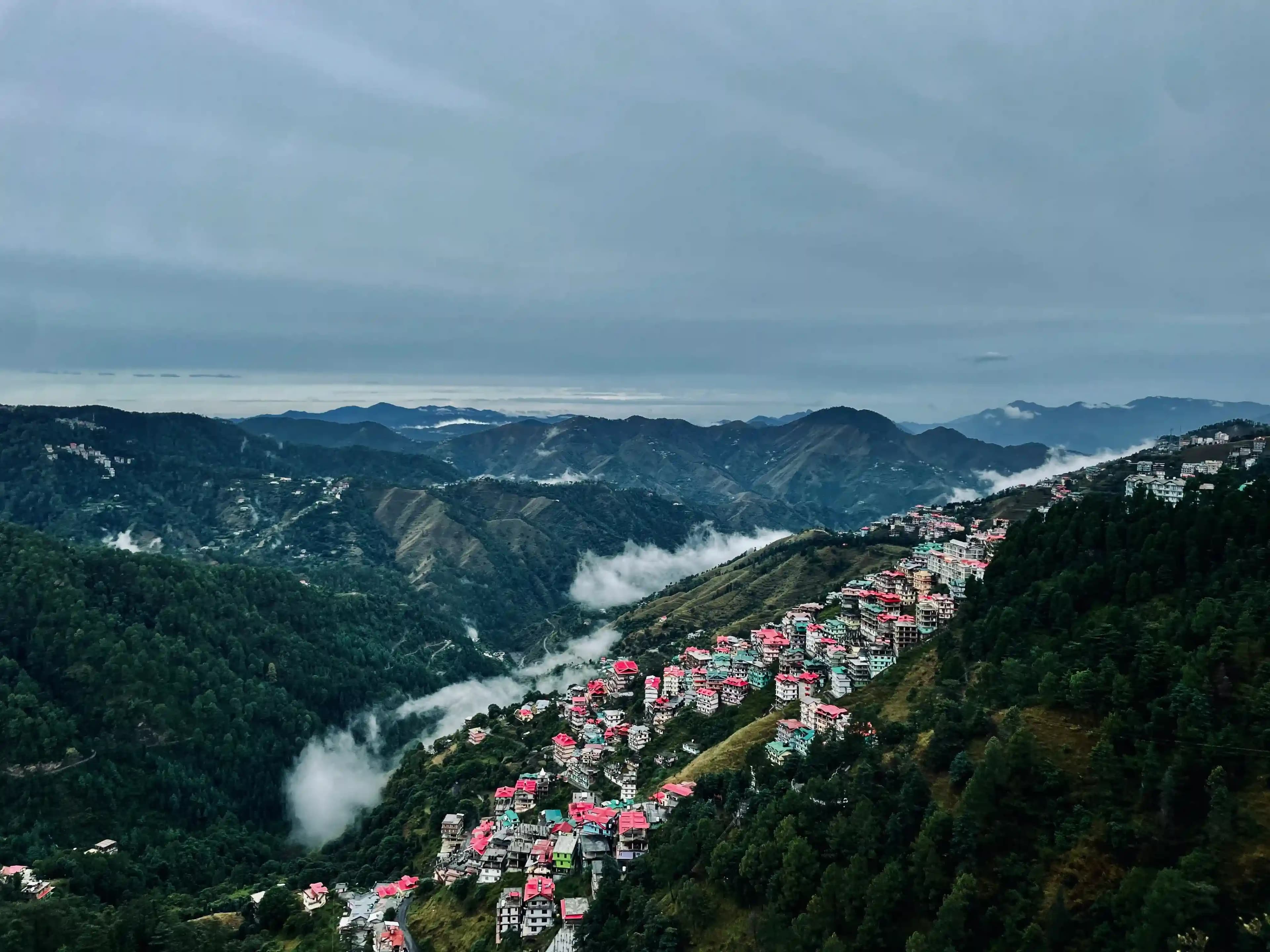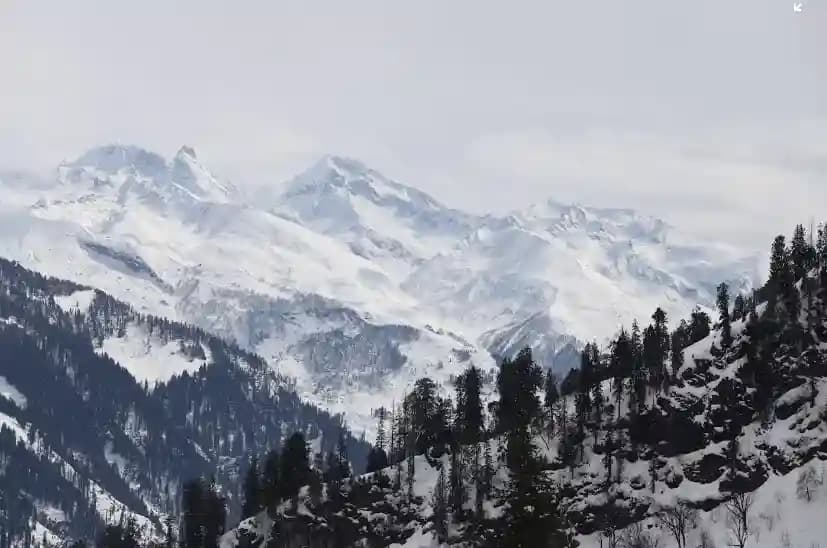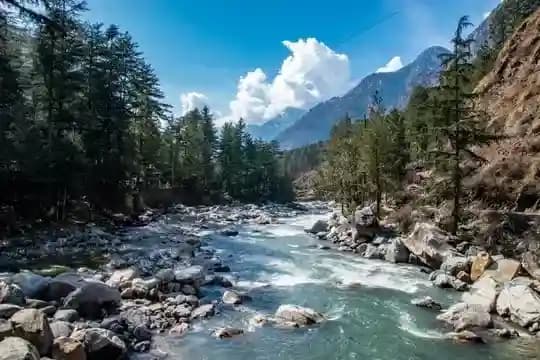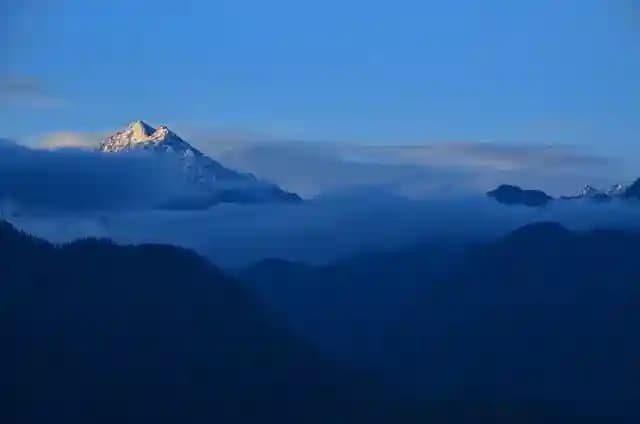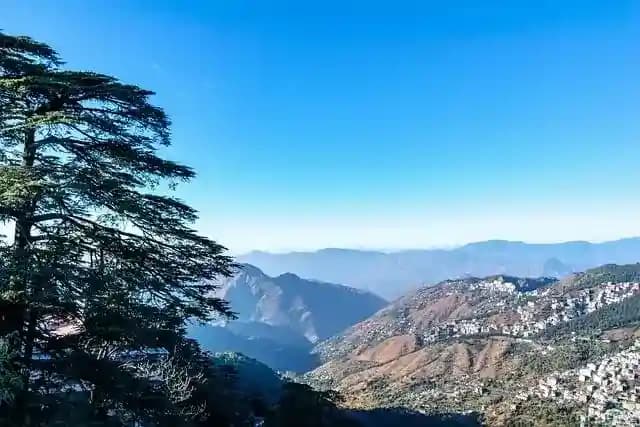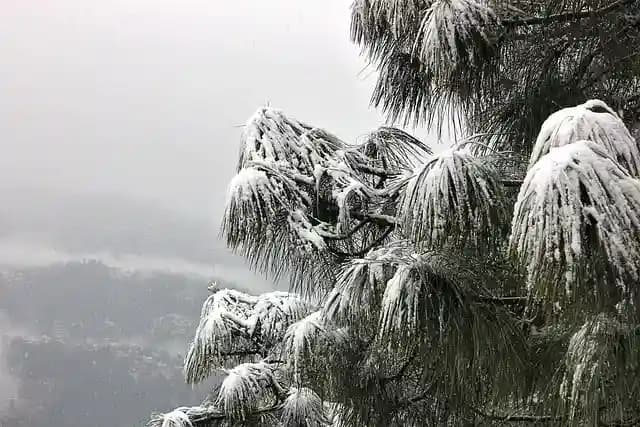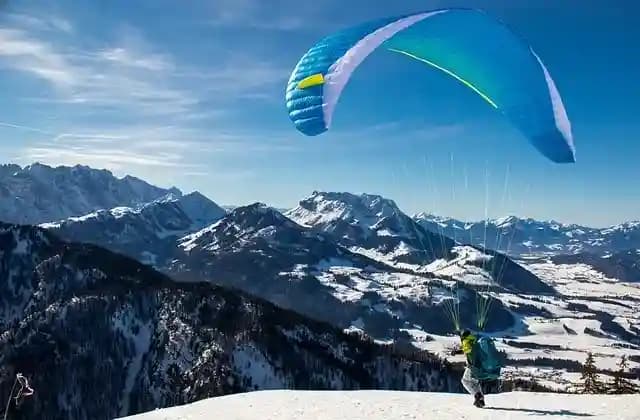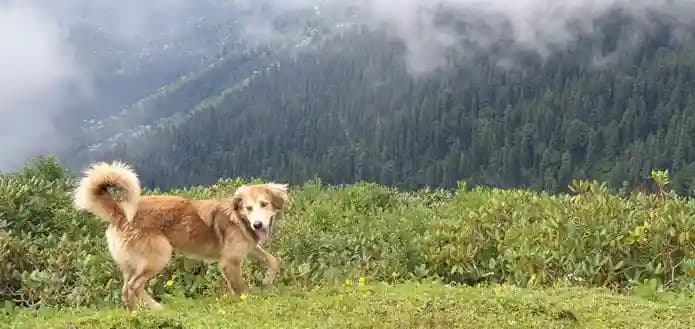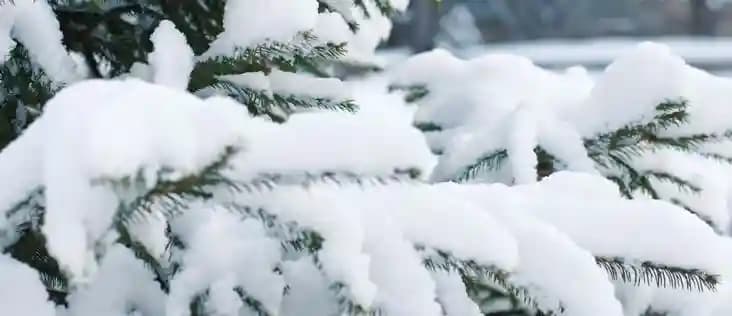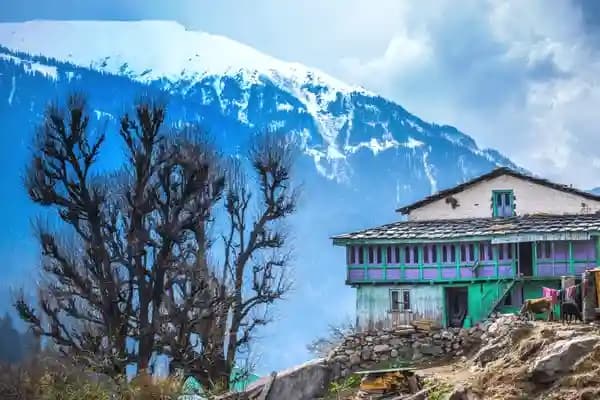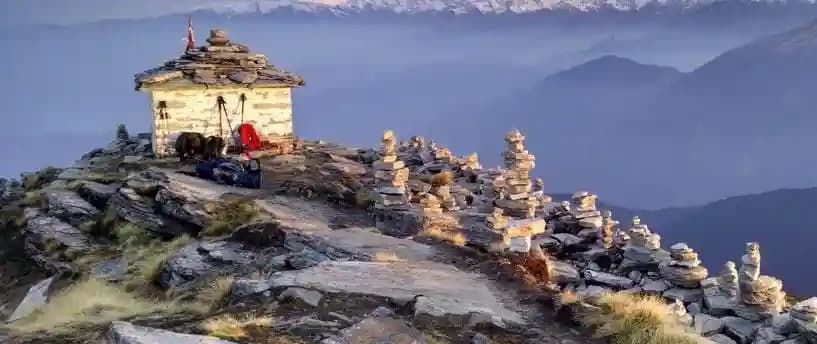Have you ever dreamt of standing in the cold desert mountains watching a rare snow leopard running over on white slopes? If yes, then welcome to Kibber Wildlife Sanctuary. Located in the heart of the Spiti Valley in Himachal Pradesh, Kibber Wildlife Sanctuary is the highest wildlife sanctuary in the world.
What makes this special is its exotic flora and fauna, its undisturbed land with tall peaks, and its rich wildlife, thus being a favourite place for nature lovers and photographers. Explore this sanctuary with the Spiti Valley tour package that covers a vast area of great altitude; therefore, it is more than just paying a visit; it is a profound connection with nature.
Kibber Wildlife Sanctuary History
Kibber Wildlife Sanctuary was established by the Himachal Pradesh government in 1992 to conserve endangered animals of the Himalayas, mainly snow leopards. It spreads over an area of 1400 square km, and it is the only cold desert wildlife sanctuary in India. The sanctuary is situated in Spiti Valley, Himachal Pradesh, near Kibber village, one of the world's highest villages, sitting at an elevation of 4000 m.
The intention was to ensure that wildlife, as well as the fragile Trans-Himalayan ecosystem, remained untouched and safe. Today, snow leopards, blue sheep and ibexes are protected by conservation groups that work with groups of villagers from the three villages, Kibber, Chicham and Gete. This effort signifies the coexistence between local communities and wildlife. Also, the sanctuary is a place of scientific study for scientists and nature lovers for the study of high-altitude environments.
Essential Information About Kibber Wildlife Sanctuary
Kibber Wildlife Sanctuary location: Spiti Valley, Himachal Pradesh.
Altitude: 3,600 to 6,700 metres above sea level.
Established: 1992
Kibber Wildlife Sanctuary Area: Estimated at 1,400 square kilometres;
Nearest Village: Kibber Village, one of the highest villages in the world
Known for: Snow leopards, Himalayan blue sheep, red foxes and ibex.
Best Time to Visit: May to October for trekking and having clear views, and December to February to spot snow leopards
Entry Fee: Approx. ₹100 per person (subject to change)
Kibber Wildlife Sanctuary Timings: 7:00 AM to 6:00 PM Every Day (Timings may be altered due to weather)
Accommodation: Homestay and guesthouse in Kibber, Kaza and Chicham villages
Flora and Fauna of Kibber Wildlife Sanctuary
Kibber Wildlife Sanctuary is one of the most fascinating places in Spiti Valley, known for both its rare plants and rich wildlife. The harsh, cold desert conditions have created a special mode of life that survives with very little water. During summer, from June to August, small alpine plants like juniper, caragana, seabuckthorn, and Himalayan blue poppy cover the rocky slopes with soft shades of yellow, purple, and white. Many herbs found here are also used by locals for traditional medicine and natural healing.
The sanctuary is equally famous for its animals. Kibber Wildlife Sanctuary is among the best places to see the snow leopard, often called the “Ghost of the Mountains.” Around 20 to 30 of these shy big cats live here, along with Himalayan blue sheep, ibex, red foxes, and Tibetan wolves. You may also spot Himalayan marmots basking in the sun or rare birds like golden eagles, lammergeiers, and snow pigeons flying above the valley. The mix of wild animals, open skies, and quiet landscape makes this sanctuary a true Himalayan treasure.
Best Time to Visit Kibber Wildlife Sanctuary
Many aspects can make your visit to Kibber Wildlife Sanctuary an even more enchanting experience, and picking the best time to visit Spiti Valley would be one of them. The sanctuary is located high in the Spiti Valley, and the weather fluctuates greatly during each season. The following is a basic guideline for each season:
Summer (April-June)
Summer, or the wet season, is the ideal time to go. The snow starts to melt, and the valleys experience pleasant temperatures between 10°C and 20°C. It is good for trekking, photography and observing animals such as Himalayan blue sheep and Tibetan wolves.
Monsoon (July-September)
The monsoon brings some light rain and an occasional landslide. Travel is difficult, but people who prefer serene and open views may enjoy foggy valleys and fresh air. The roads are sometimes slippery, so take your time.
Autumn (October-November)
After the monsoon, the skies are clear and the mountains turn golden. The best time to do wildlife photography is this period because, as vegetation becomes thinner, it is easier for animals to be spotted.
Winter (December-March)
The sanctuary becomes a snowland in winter. The cold season drops below -20 degrees, and it is the optimal time for the snow leopard to be sighted. Because of the freezing conditions, only experienced travellers should travel to the location.
How to Reach Kibber Wildlife Sanctuary
Getting to Kibber Wildlife Sanctuary is a journey. The sanctuary is located in Spiti Valley, Himachal Pradesh, which is about 20 km from the main town, Kaza.
By Road
The most common route is to drive from Manali via Rohtang Pass, Kunzum Pass, Kaza and then Kibber. It is some 210 km and takes 8-9 hours on the road. Another spectacular route passes through Shimla via Reckong Peo to Kaza and takes about 2 days.
By Air
Bhuntar Airport in Kullu is the nearest airport at a distance of 250 km. From there, you can catch a taxi or bus to Kaza.
By Train
Joginder Nagar railway station is the closest station at a distance of 365 km. From it, you travel by road.
Things to Do at Kibber Wildlife Sanctuary
An exploration of Kibber Wildlife Sanctuary is like venturing into a silent mountain world, where nature is quiet and adventure is everywhere. If you love wildlife, photography or peaceful surroundings, then this is the sanctuary in Spiti Valley that provides you with lasting memories.
1. Spot the Snow Leopard
The main attraction of Kibber Wildlife Sanctuary is the snow leopard, which is a rare species. Travelling during the winter is the best way to visit this great predator in its frozen habitat. There are several trails where the cats can be spotted on snowy cliffs, usually between the months of December and March, which can often be travelled with the help of a professional guide.
Best Time to Visit: December to March
Tip: You can find them drastically around Kibber and Gette village. Hiring a local guide will make your chances of seeing them much better.
2. Take an Adventure Trip on the Himalayan Wildlife Safari
A wildlife safari here provides an opportunity to see unique animals such as blue sheep and Himalayan ibex, as well as red foxes, in a backdrop of snow-covered mountains. The drive runs through rocky areas and broad valleys, which make it possible to view pristine beauty and be exciting for wildlife lovers and photographers.
Best Time to Visit: April to June
Tip: This is a half-day guided safari. Take binoculars, bring warm clothes and a good camera.
3. Visit Kibber Village
Kibber village is located at 14,200 feet and is one of the highest inhabited villages in the world. Its characteristic houses, warm people and breathtaking vistas make it a must-visit in the Spiti Valley. You can experience the authentic Spitian culture; you can stay in homestays and taste the local dishes made with barley and yak milk.
Best Time to Visit: Any time (except during heavy snowfall).
Tip: Have the local yak butter tea and the barley soup. Explore the exceptional Spiti architecture and spend your time at homestays.
4. Trek Across the stretch of the Spiti Valley Trails
If you are an adventure lover, trekking in Spiti Valley is unforgettable. The paths take you through some tough mountains, old monasteries and some nice viewpoints. The popular trek from Kibber to Chicham also gets you some scenic views and wildlife-spotting opportunities, which is perfect for those seeking thrills and also for some peace.
Best Time to Visit: May to October
Tip: This one's medium to challenging in the level of difficulty. Also see the Chicham Bridge, the highest bridge in Asia.
5. Indulge in Wildlife Photography
From snow leopards to soaring Himalayan vultures, every single moment in Kibber is alive. It is the clear skies, dramatic landscapes and rare wildlife that make it a paradise for photographers. No matter if you are a beginner or a pro, you will capture unforgettable shots.
Best Time to Visit: Winter for spotting the snow leopards and summer for the scenery.
Tips: You should bring telephoto lenses to capture shots from far away. Do not miss the magical moments with the sunrise and sunset light.
Conclusion
Kibber Wildlife Sanctuary is not a regular sanctuary; it is a destination for camping, exploration, nature discovery and self-actualisation in one of the most pristine and inspiring corners of the Himalayas. Whether you are chasing snow leopards, want to do traditional hikes between the old villages, or just want to stargaze in silence, the calm and purity of this land will stay with you forever. The crystal-clear air, dramatic cliffs, and untouched valleys make every step feel meaningful. You can meet local shepherds, spot the Himalayan birds, or just sit quietly watching the changing light over the peaks. Visiting Kibber Wildlife Sanctuary feels like forming a deep connection with nature in its rawest and most beautiful form.


